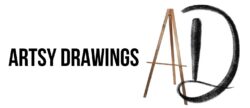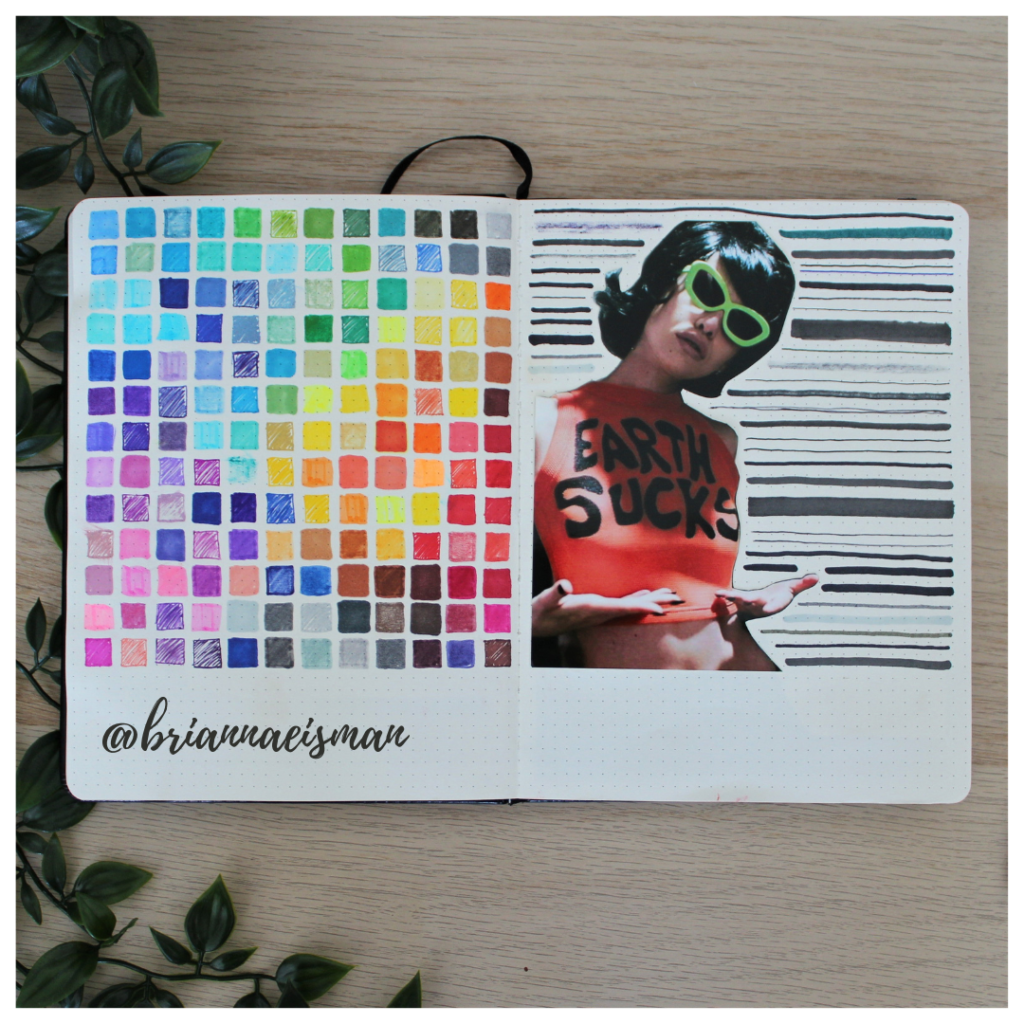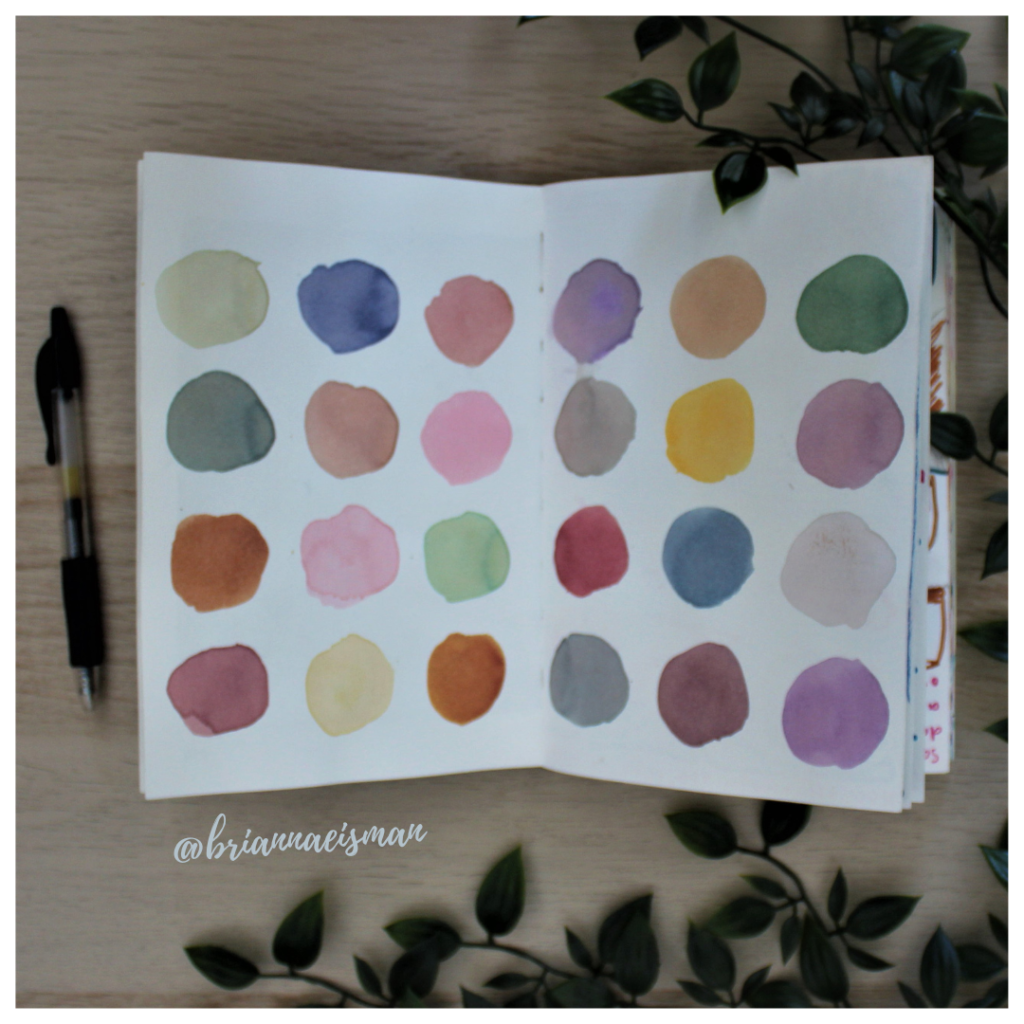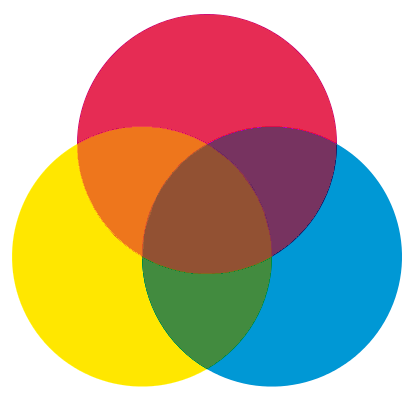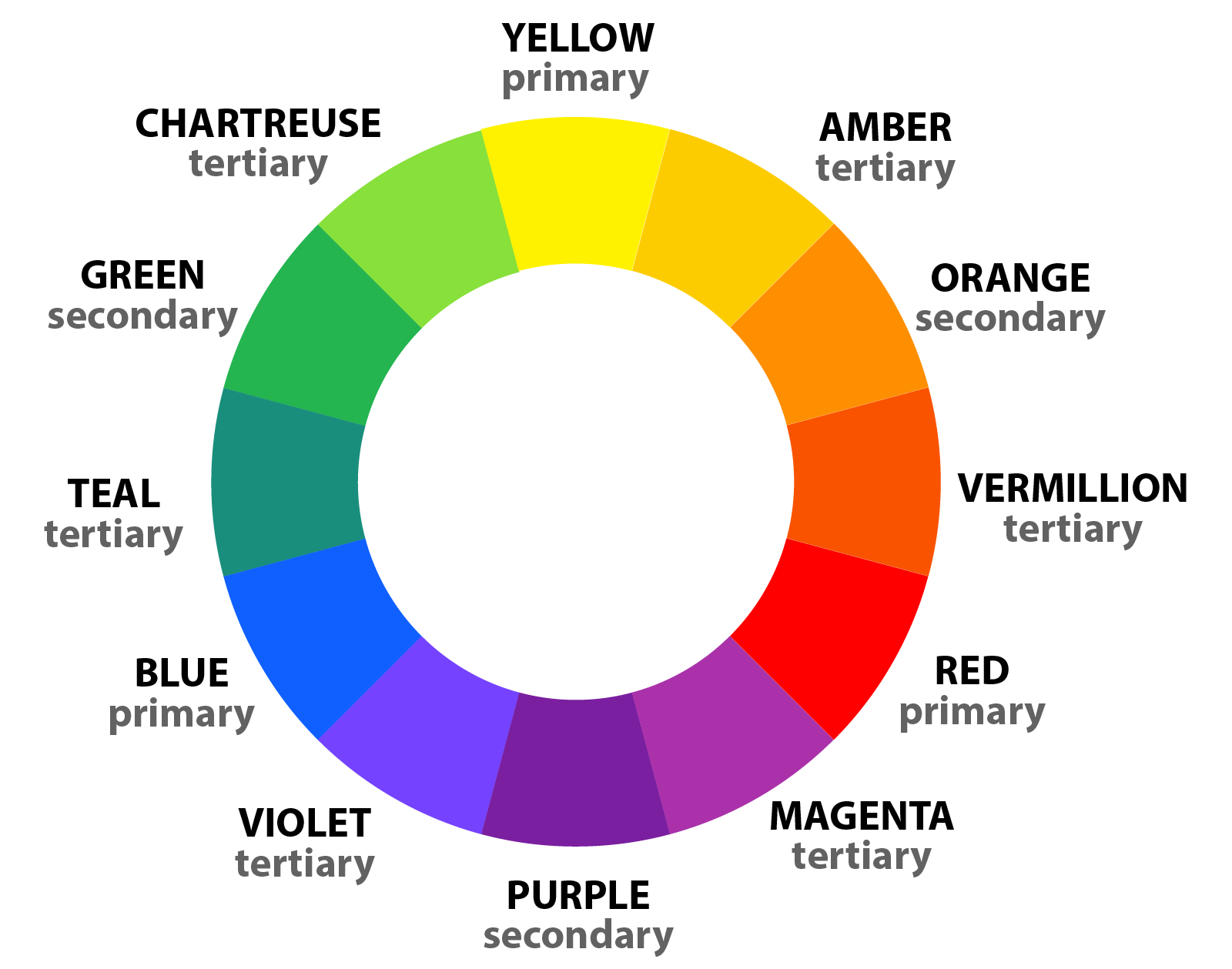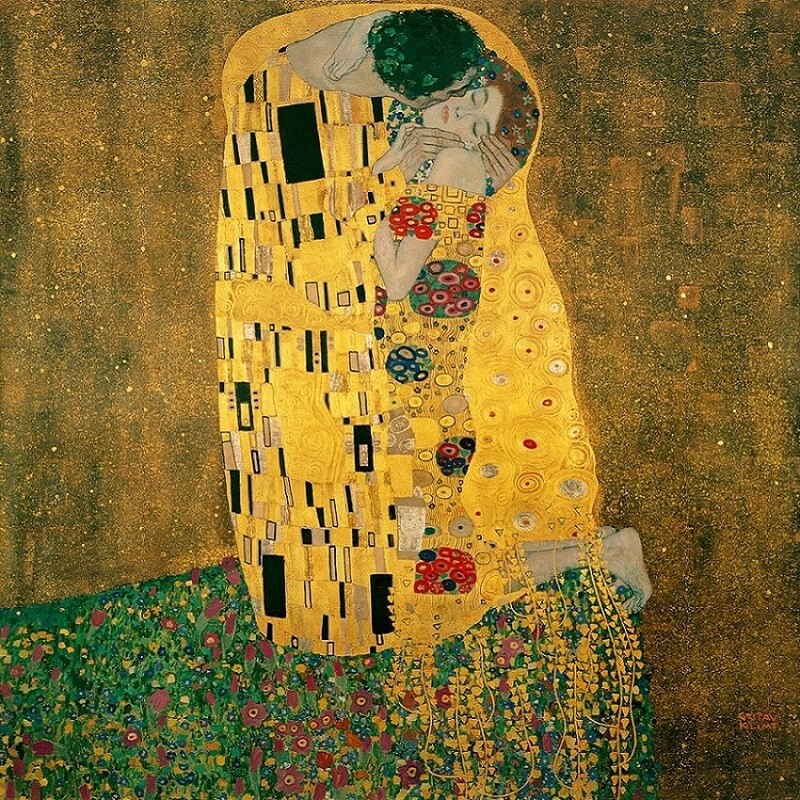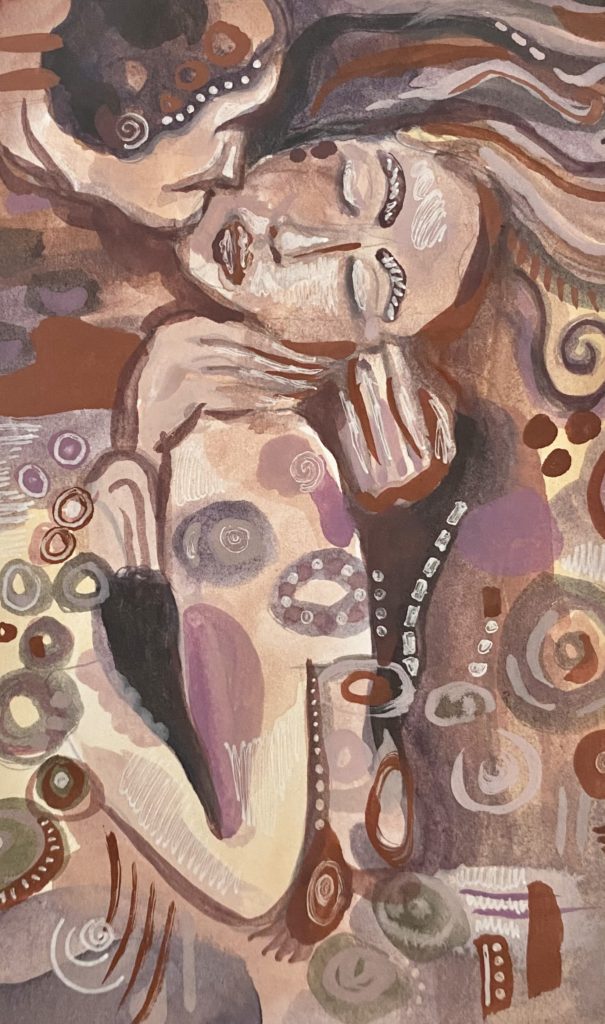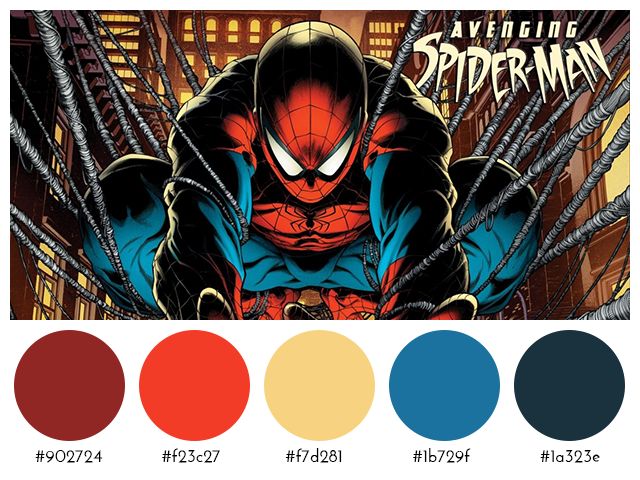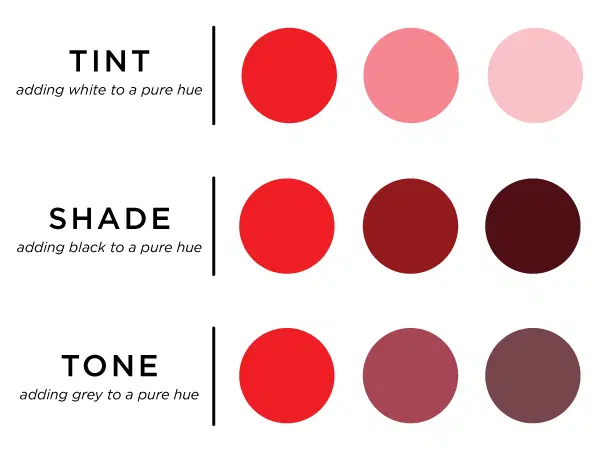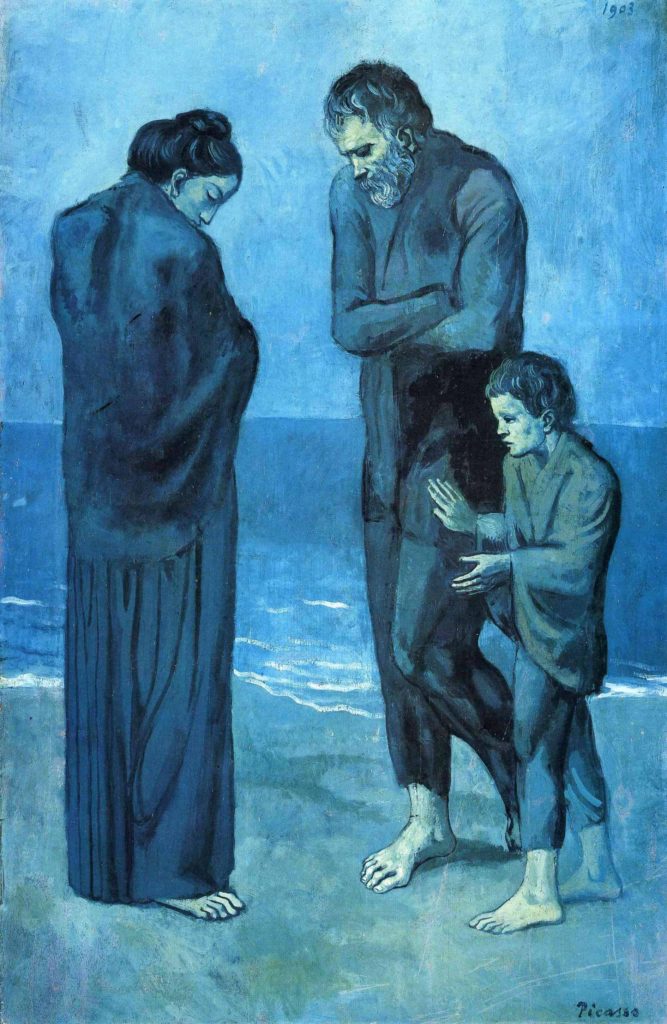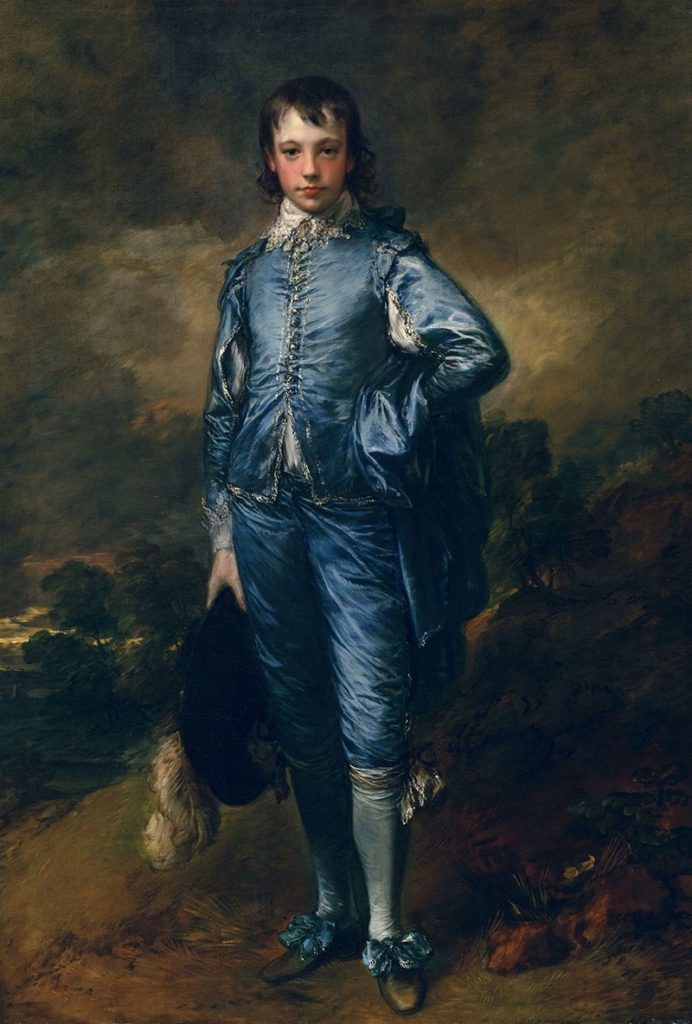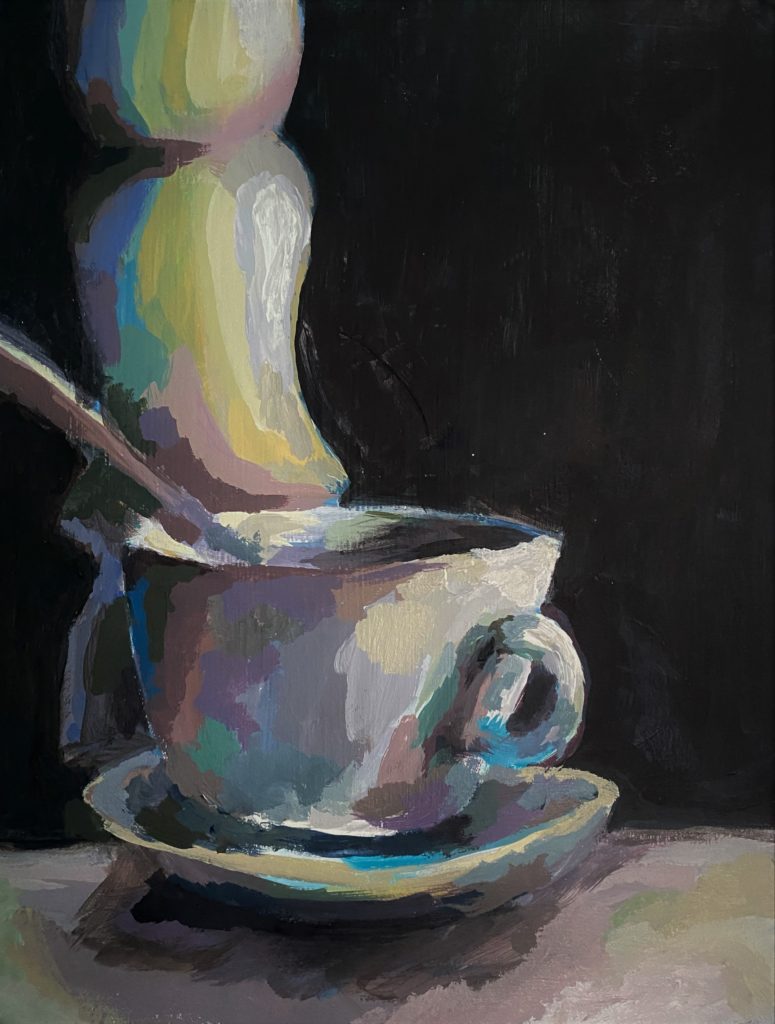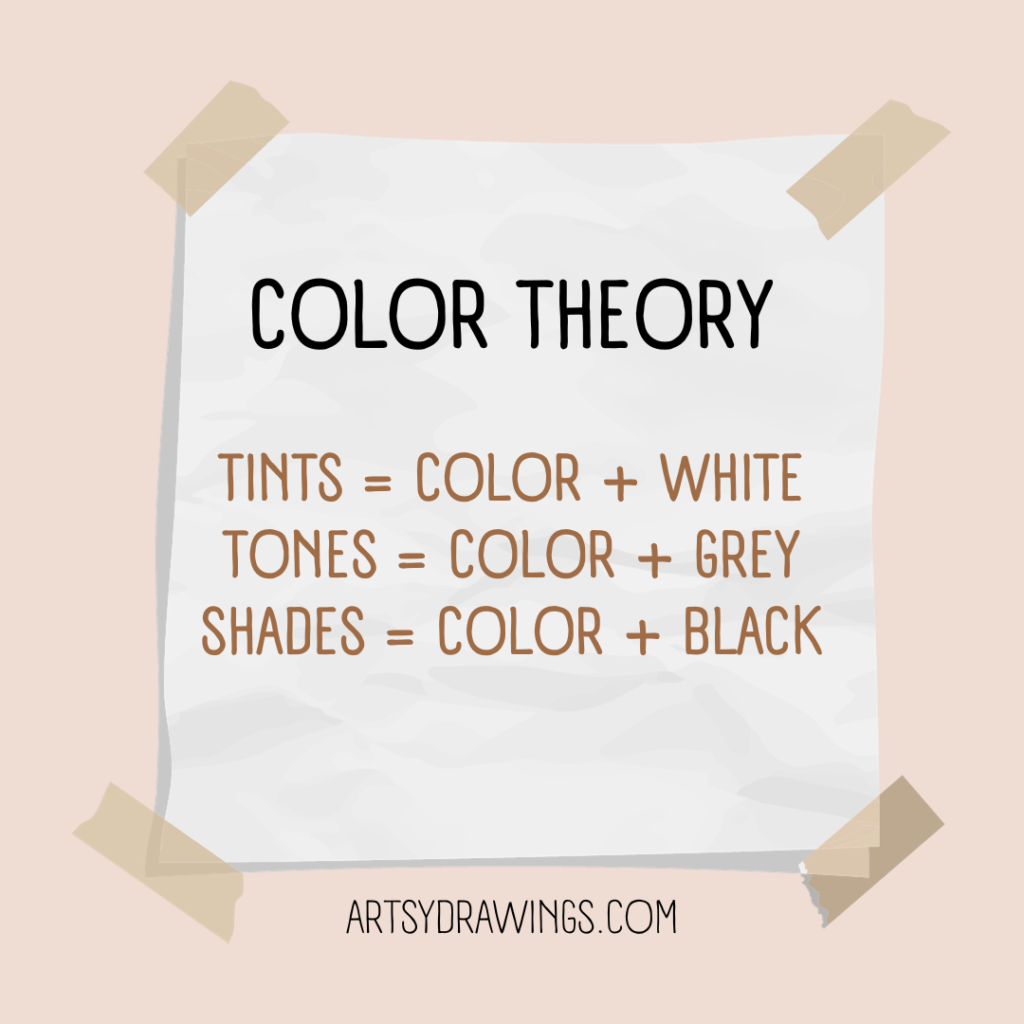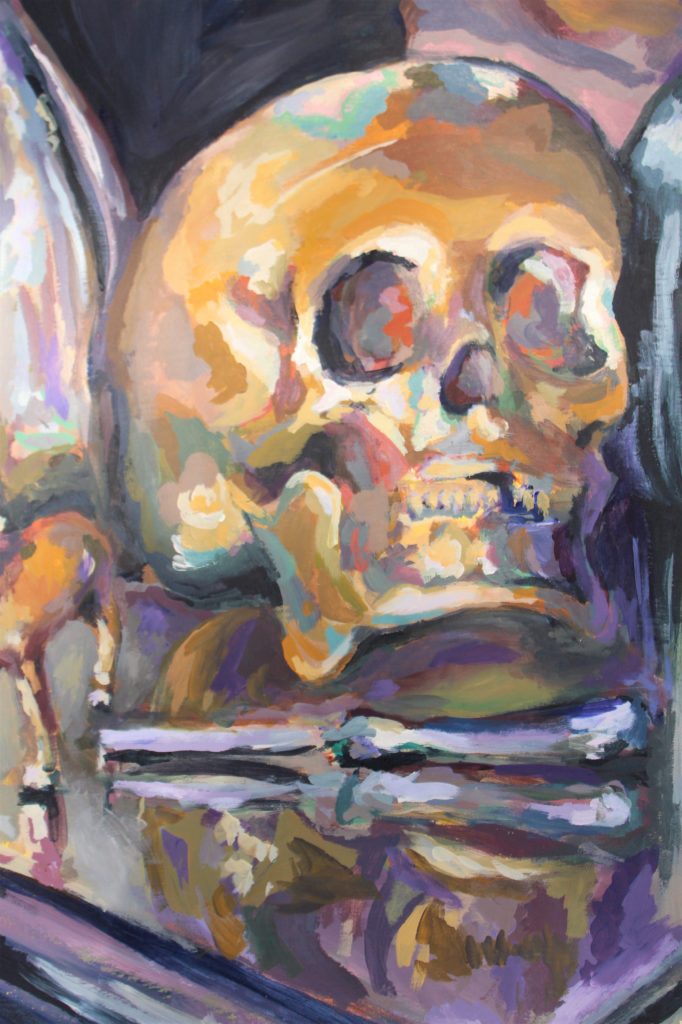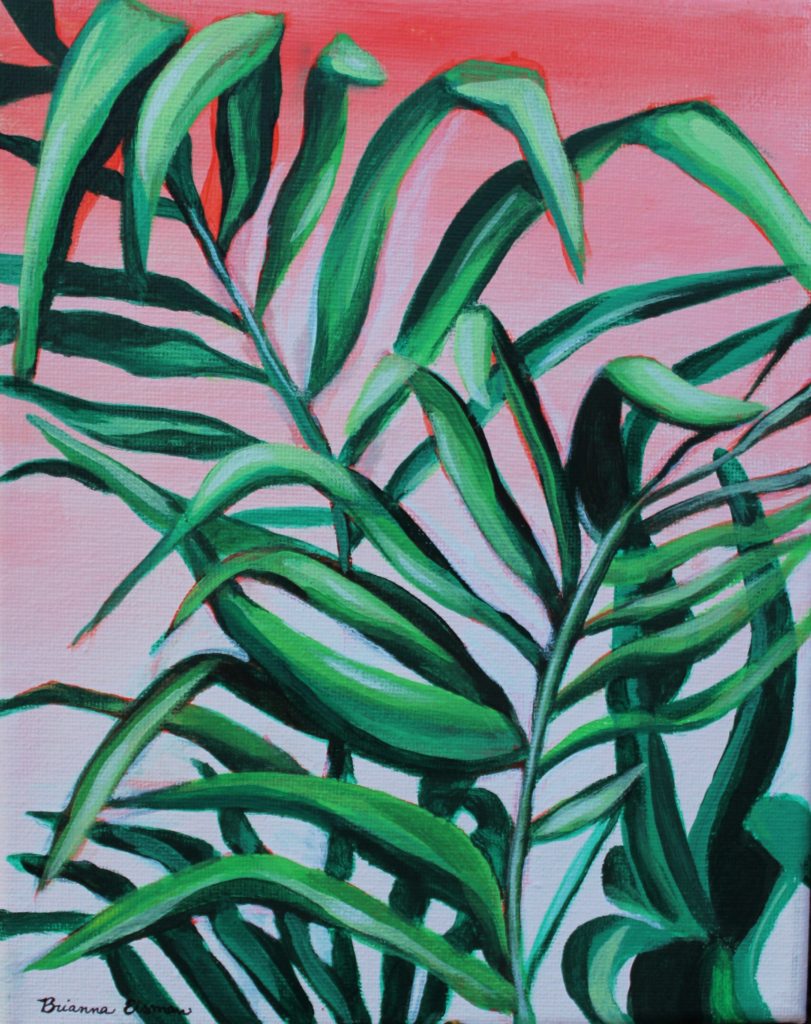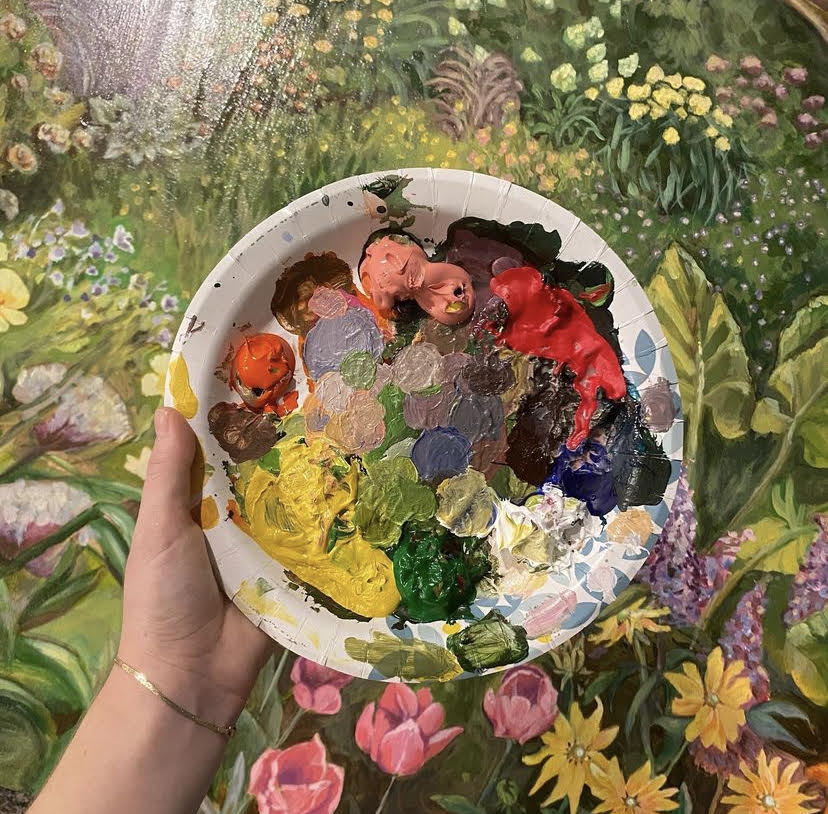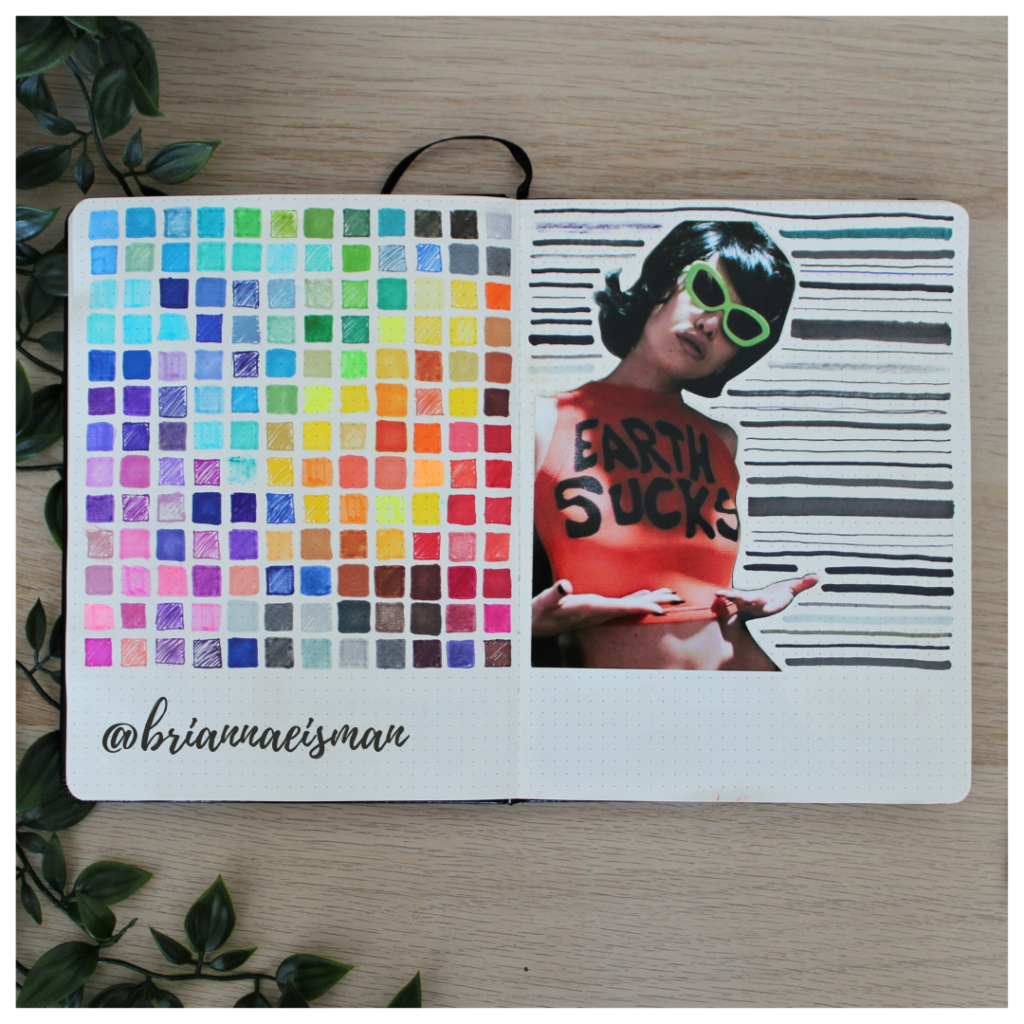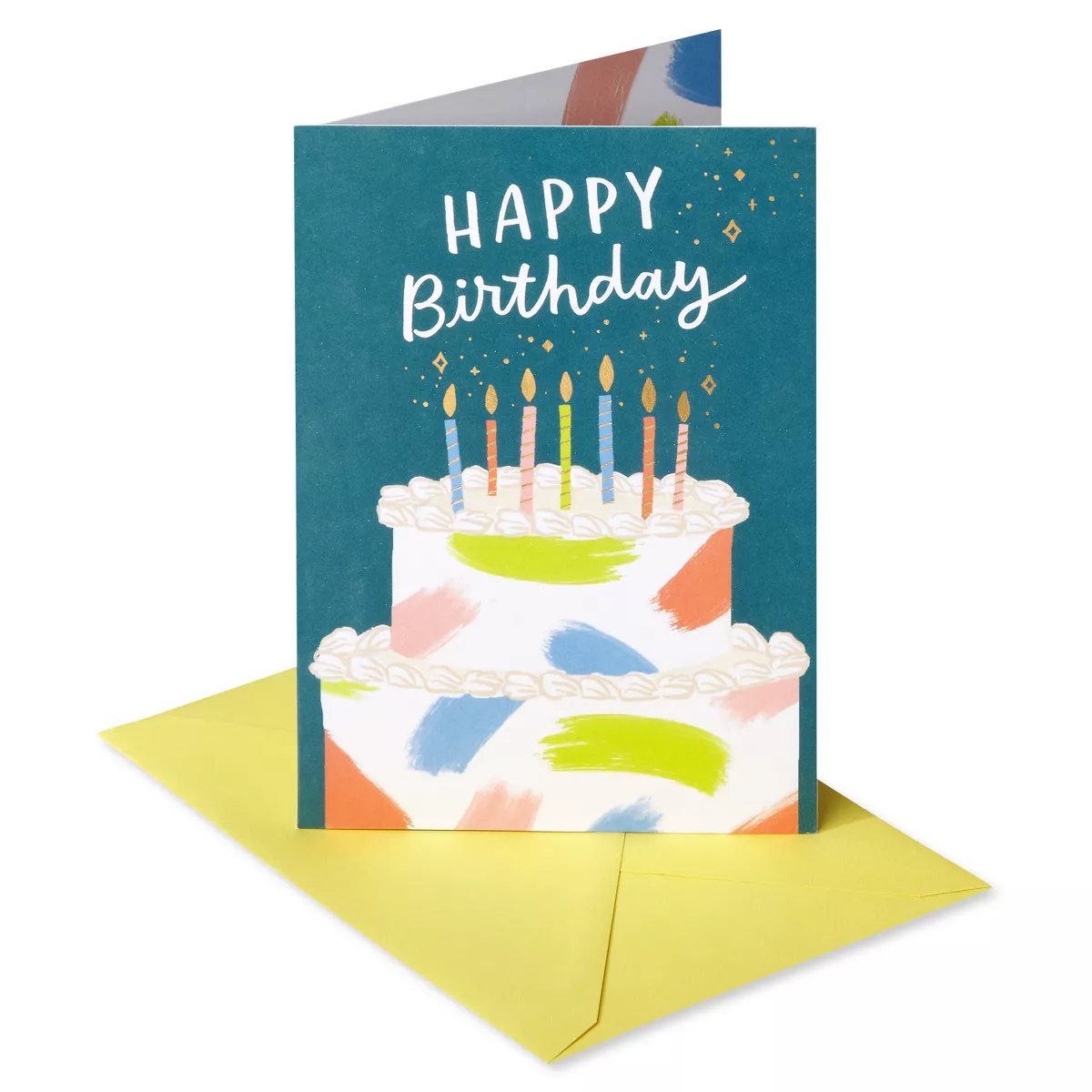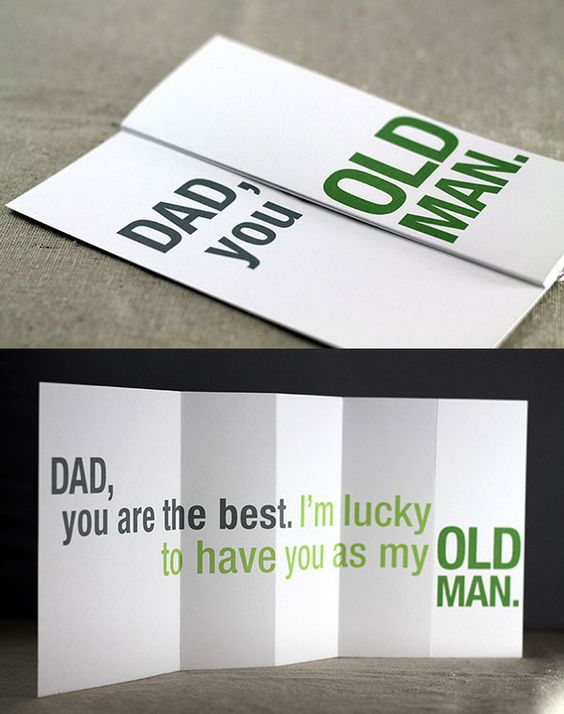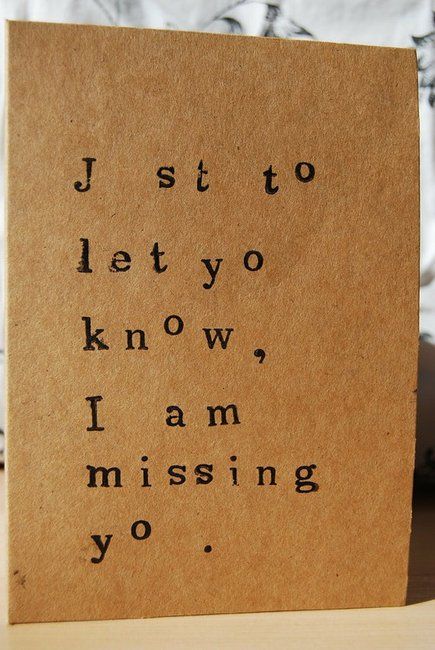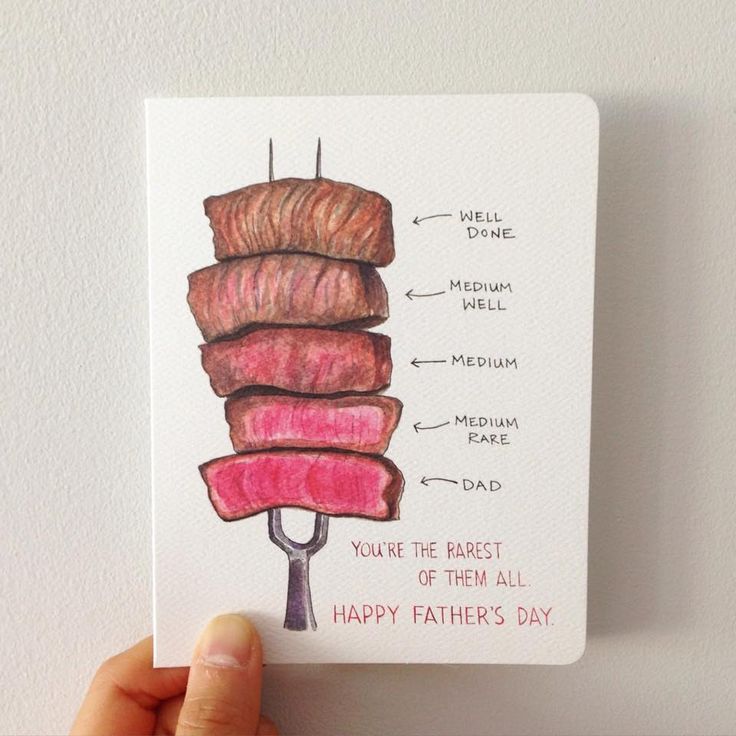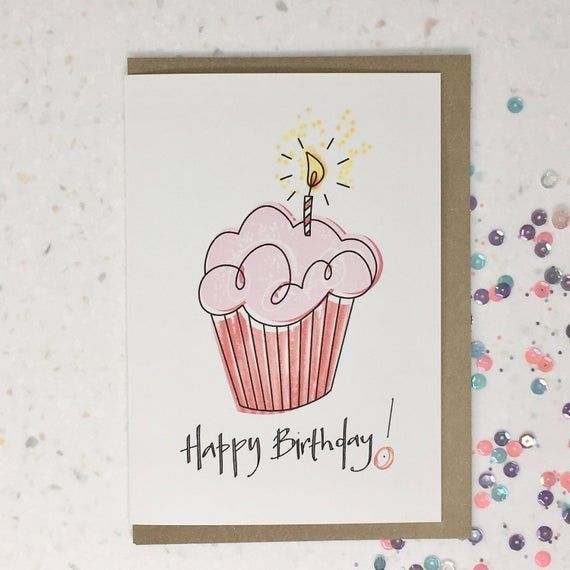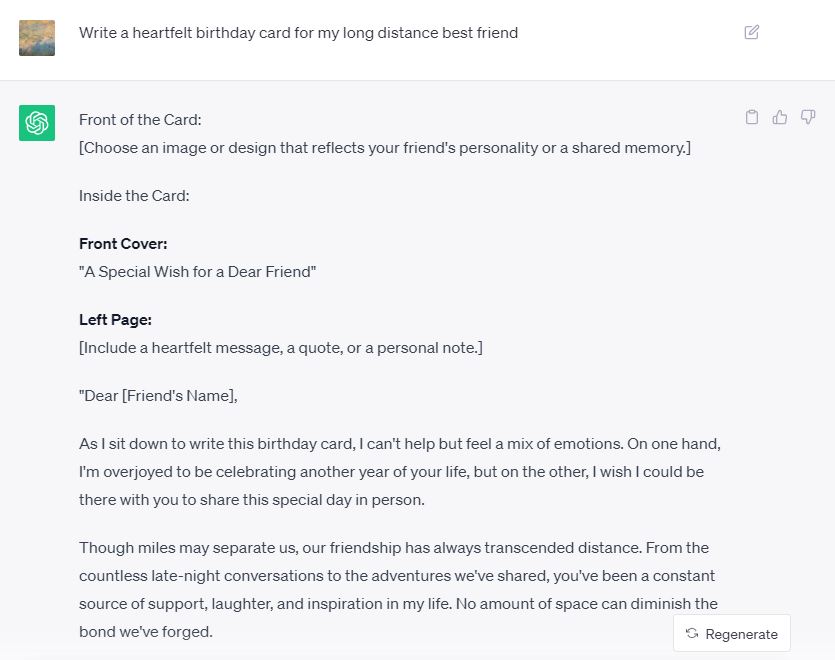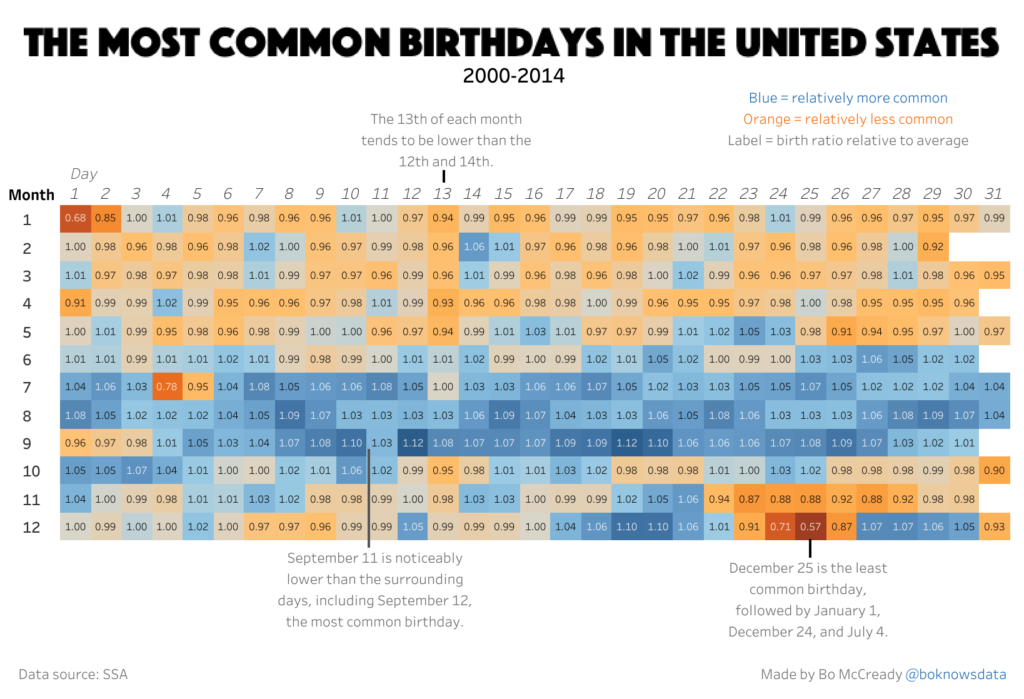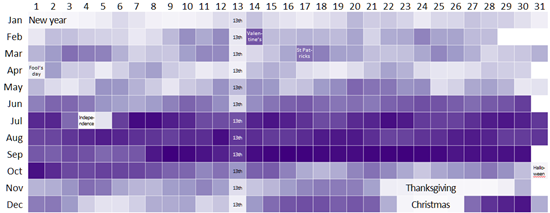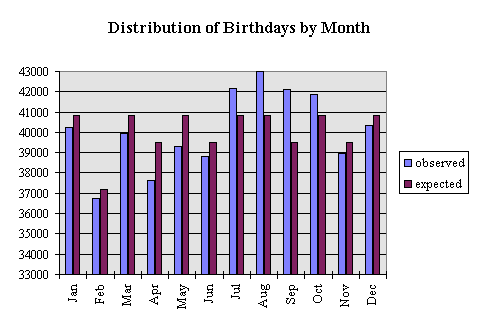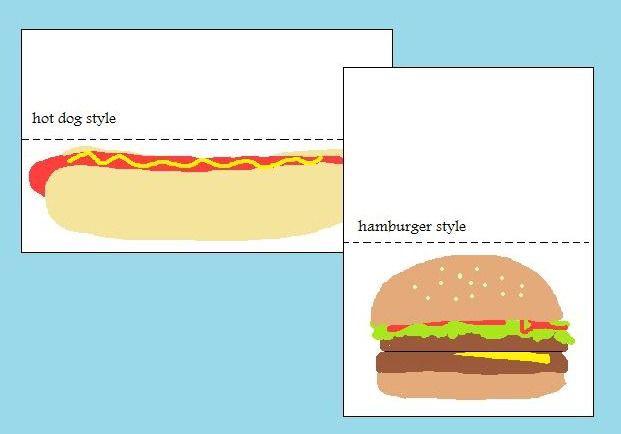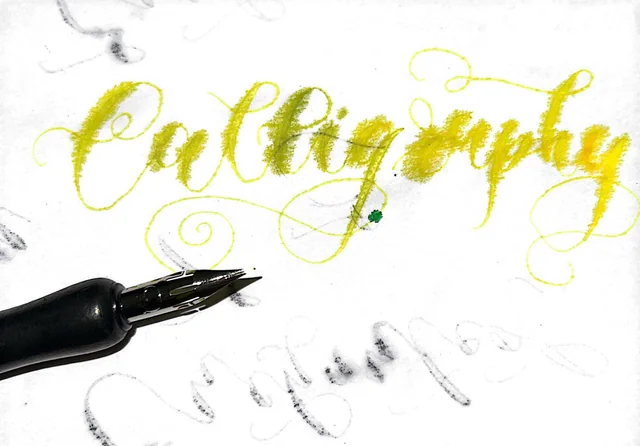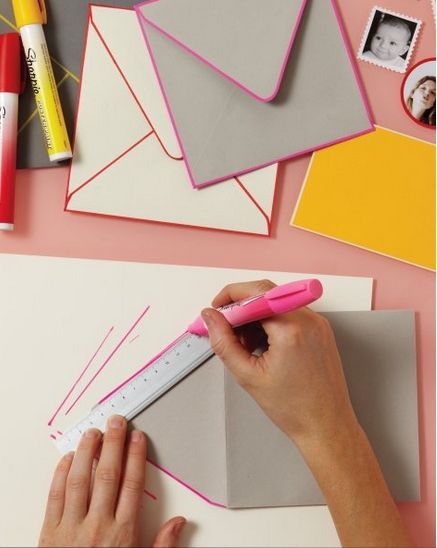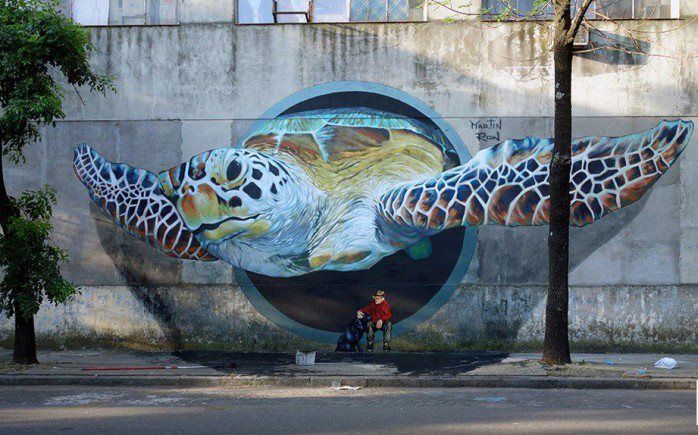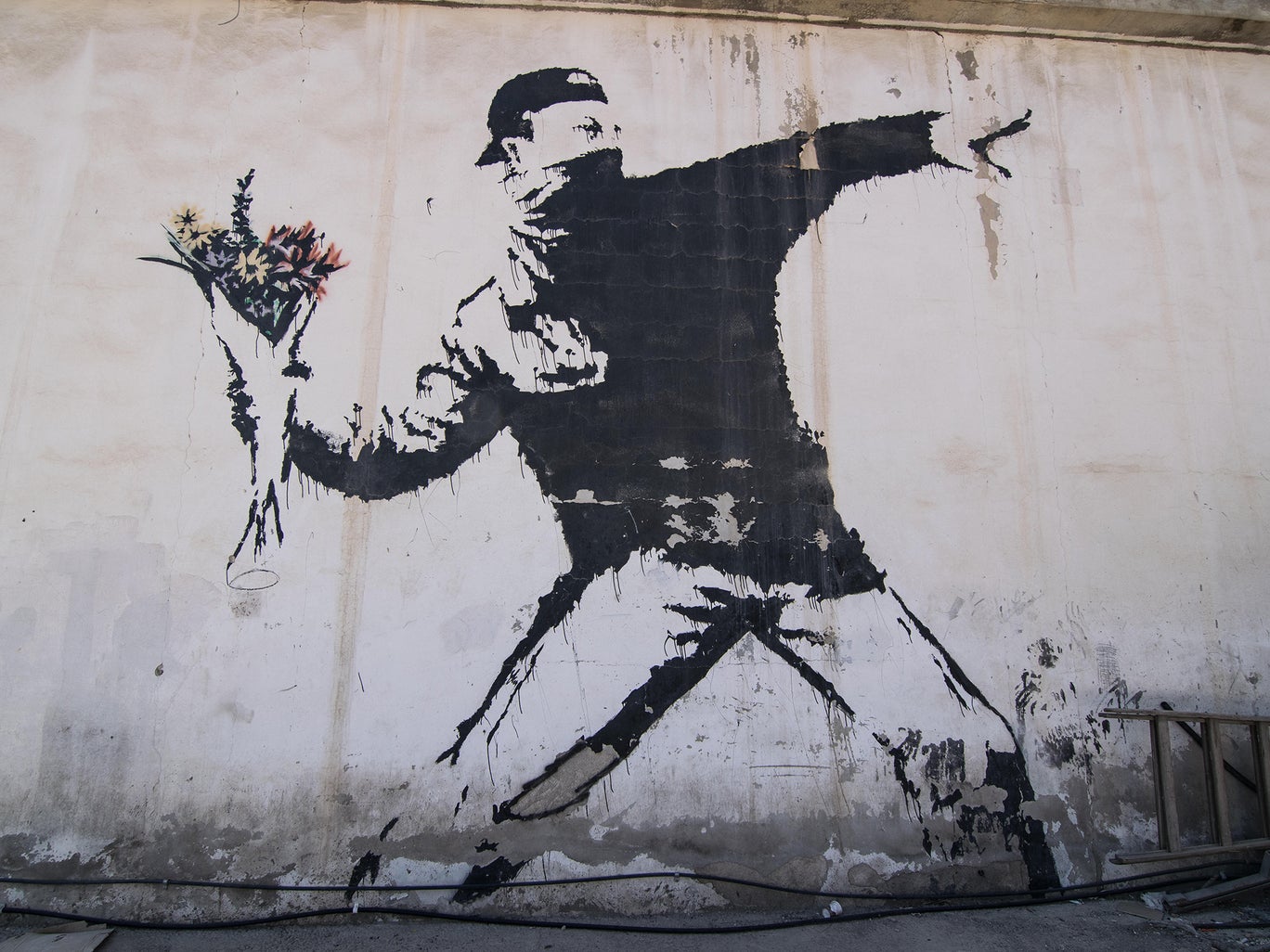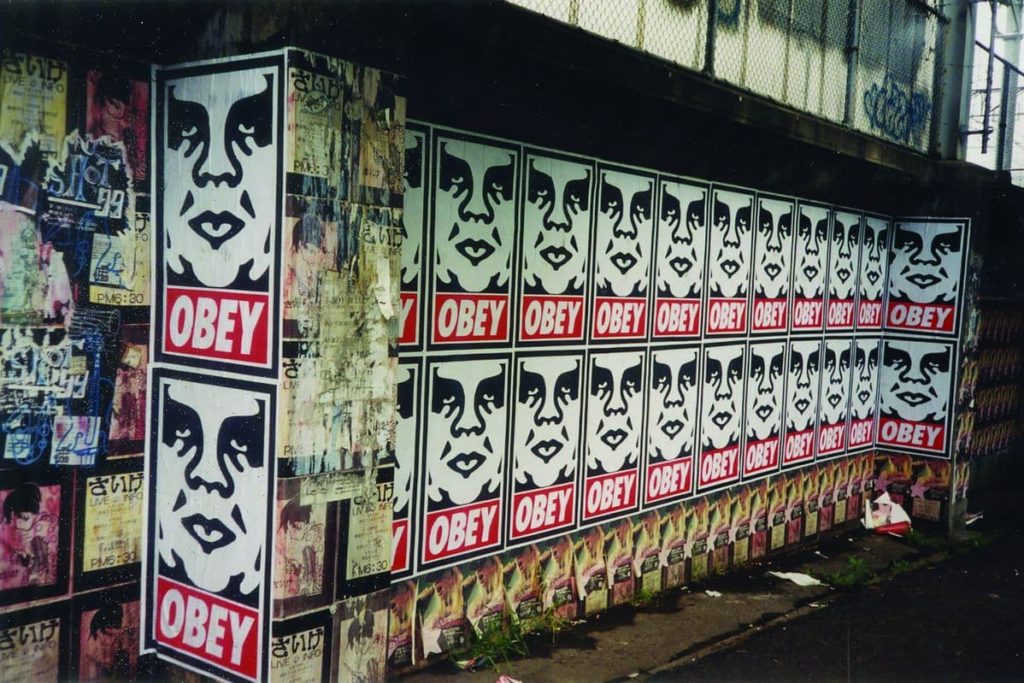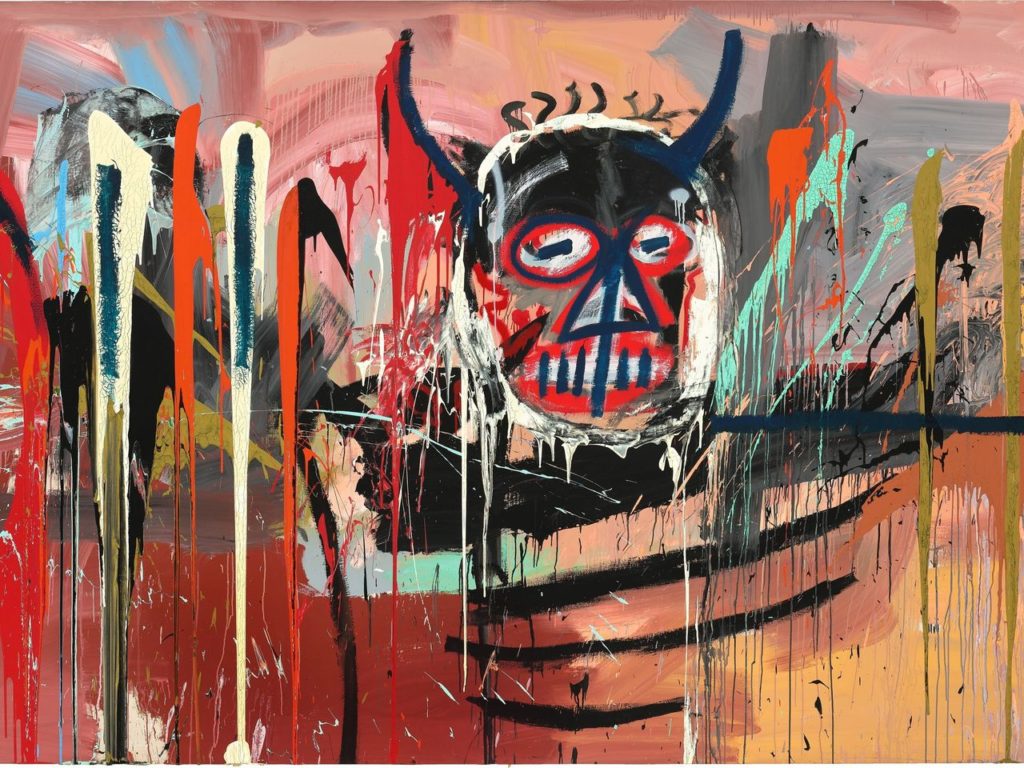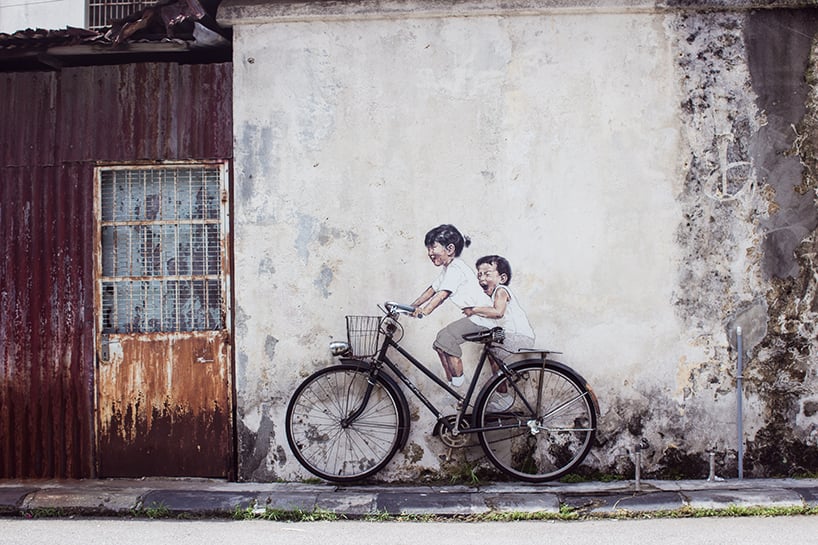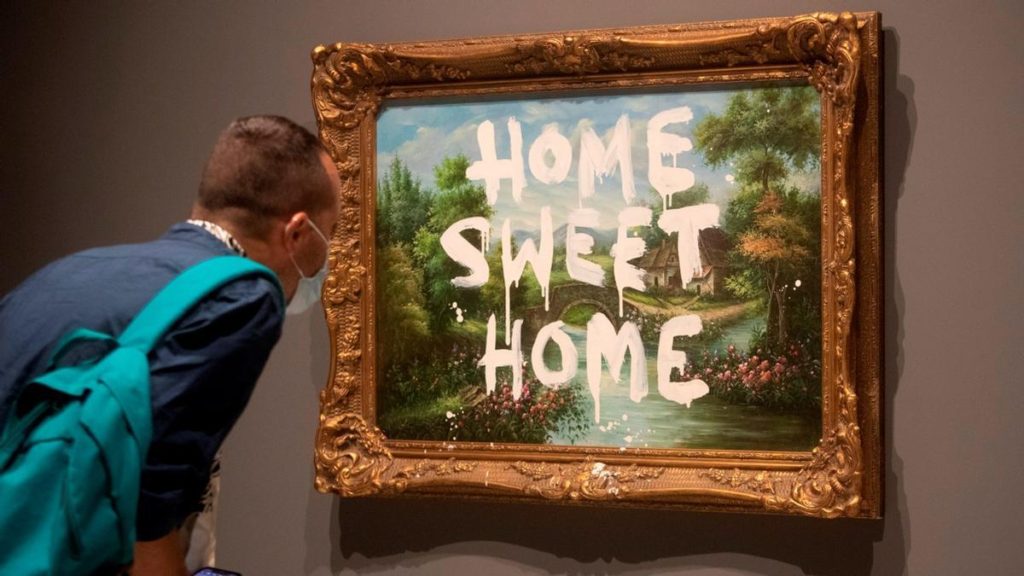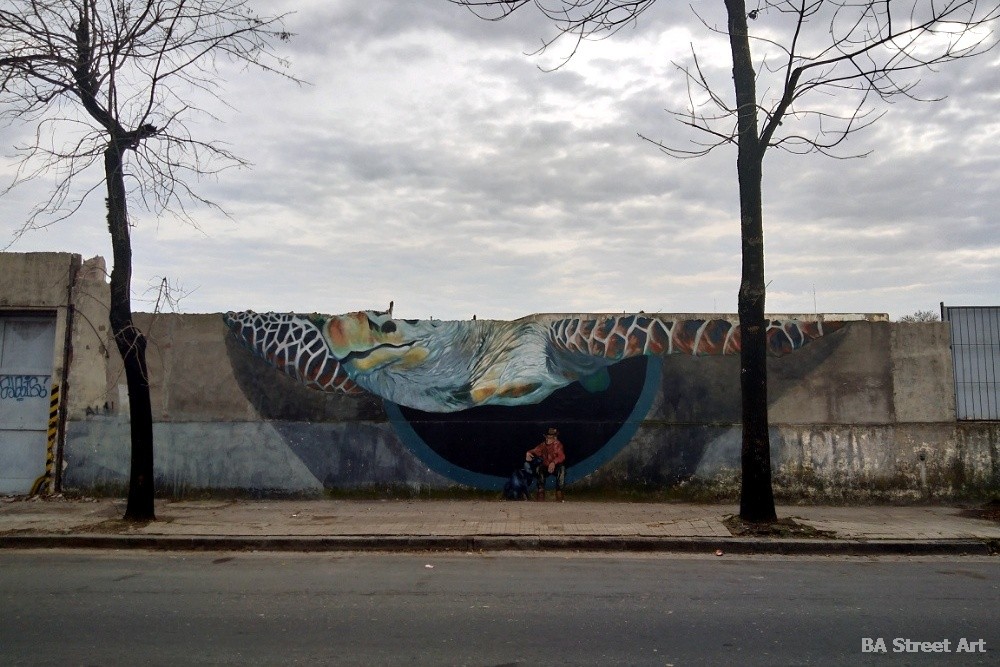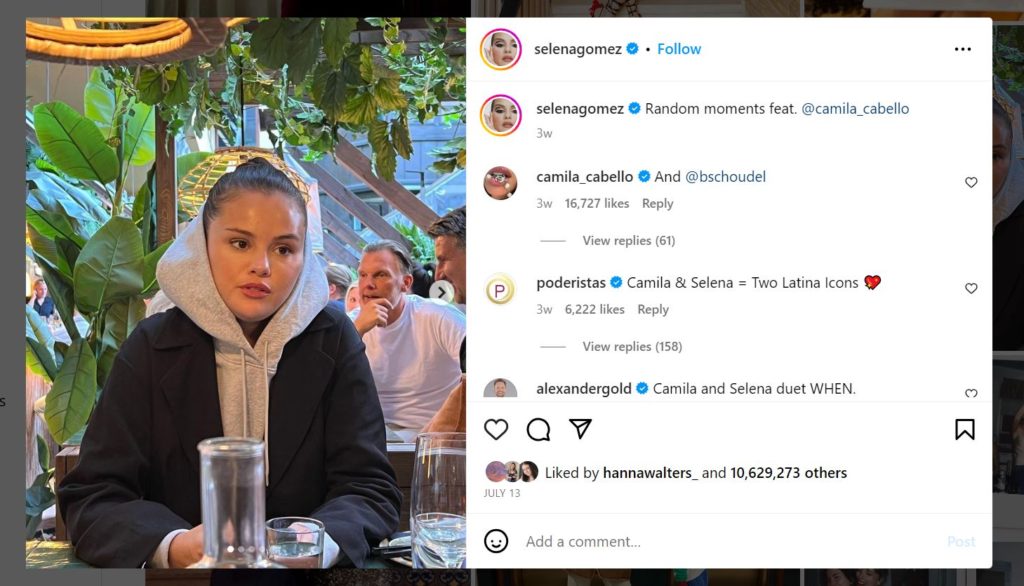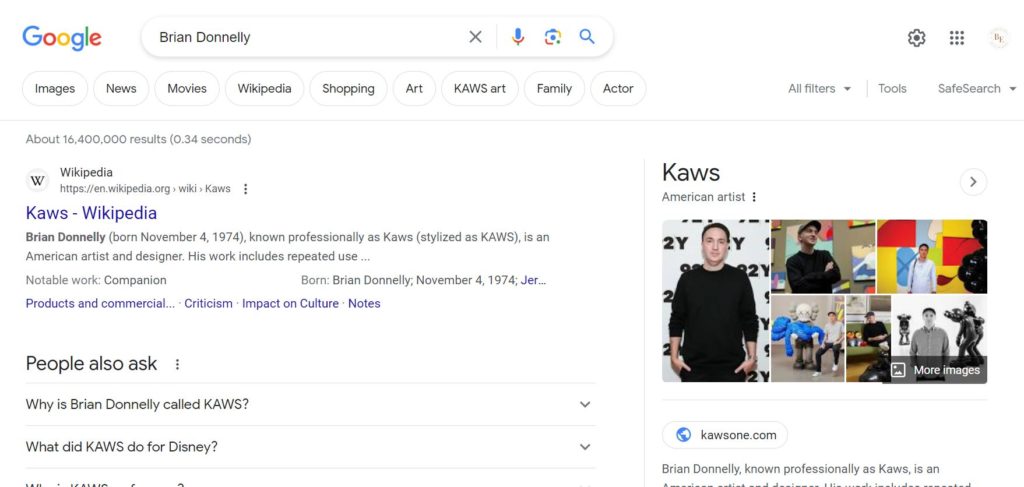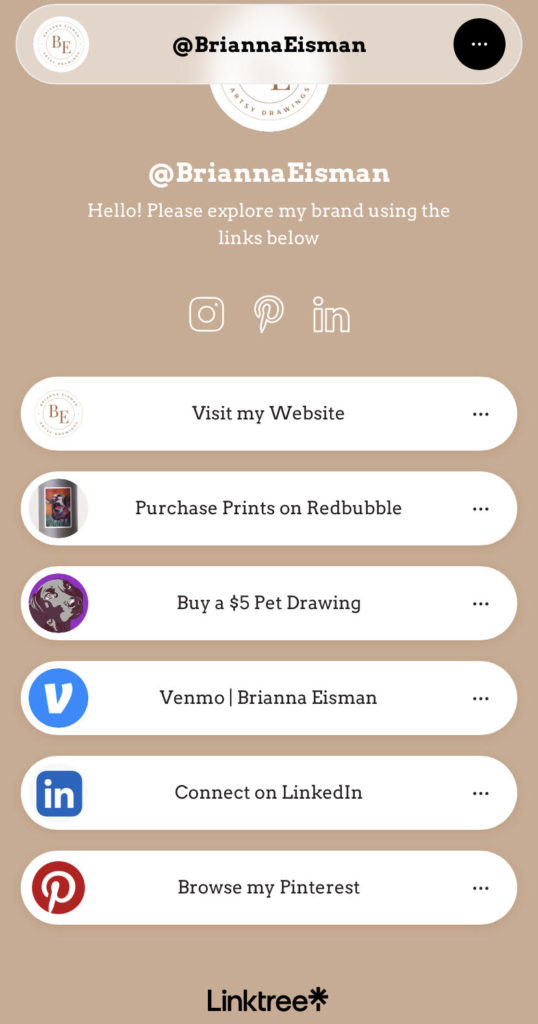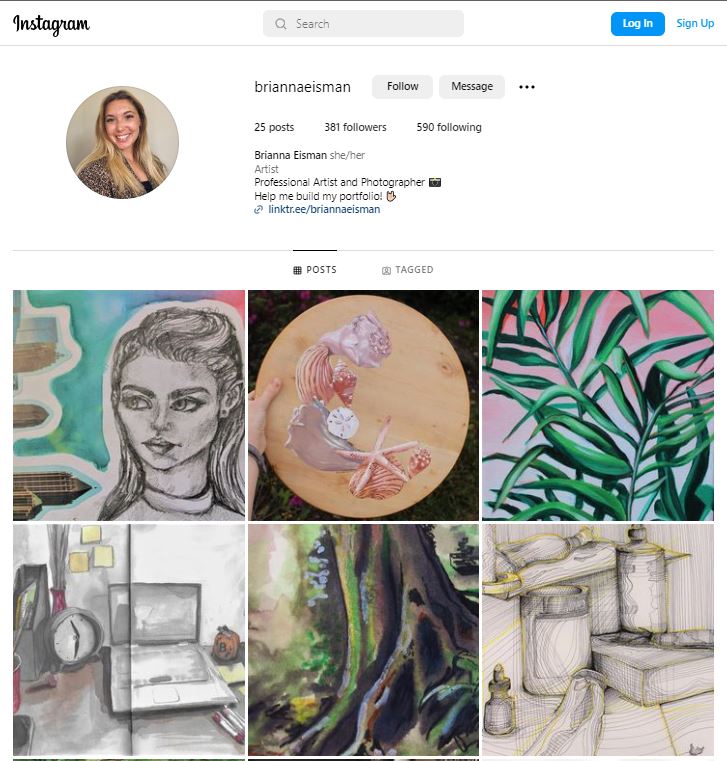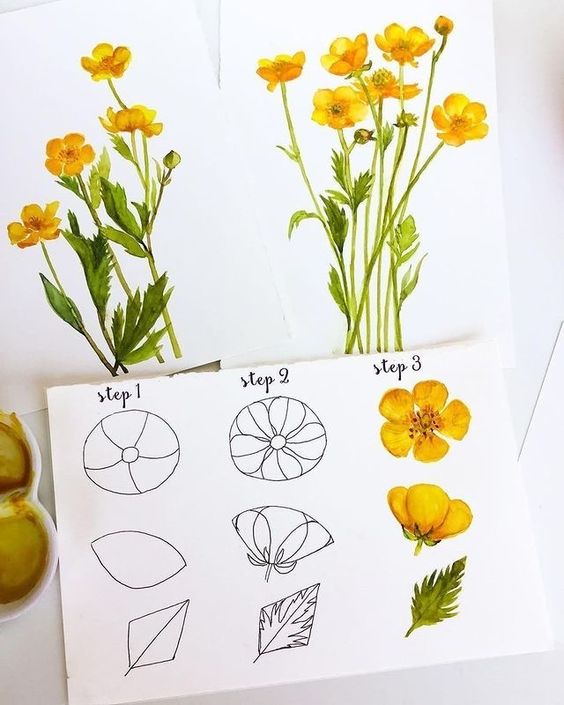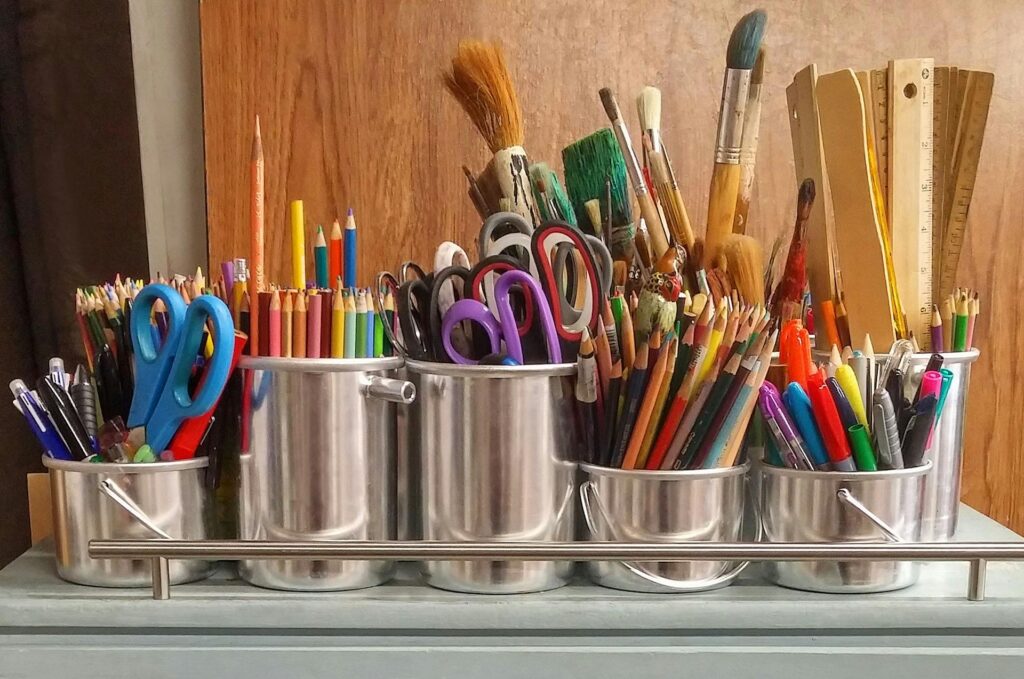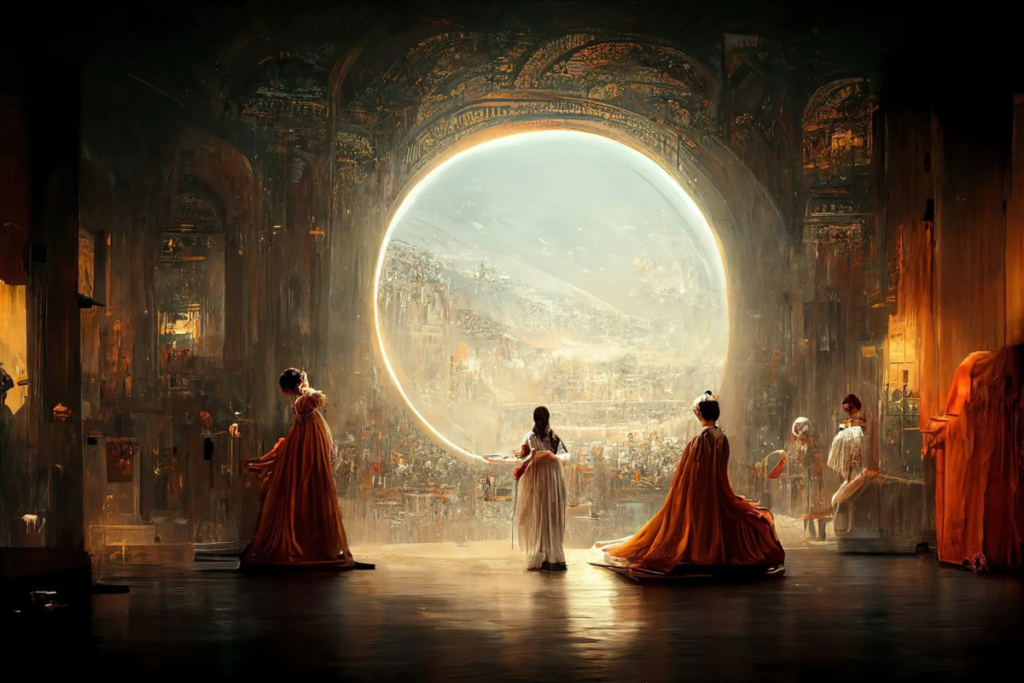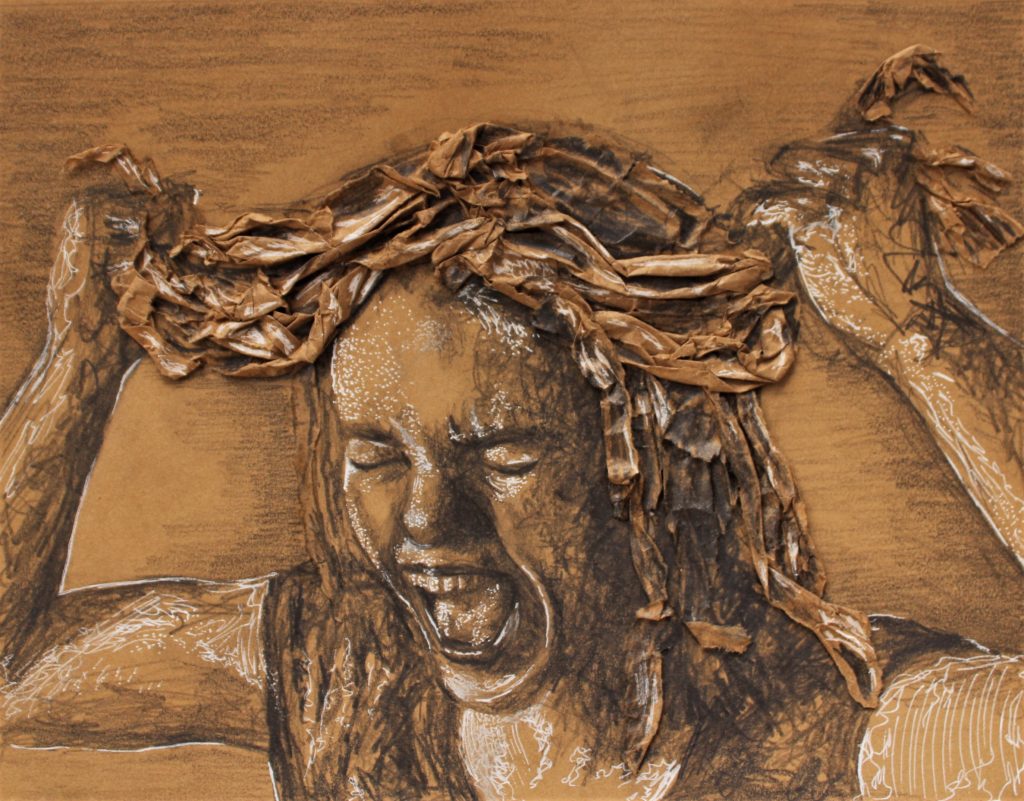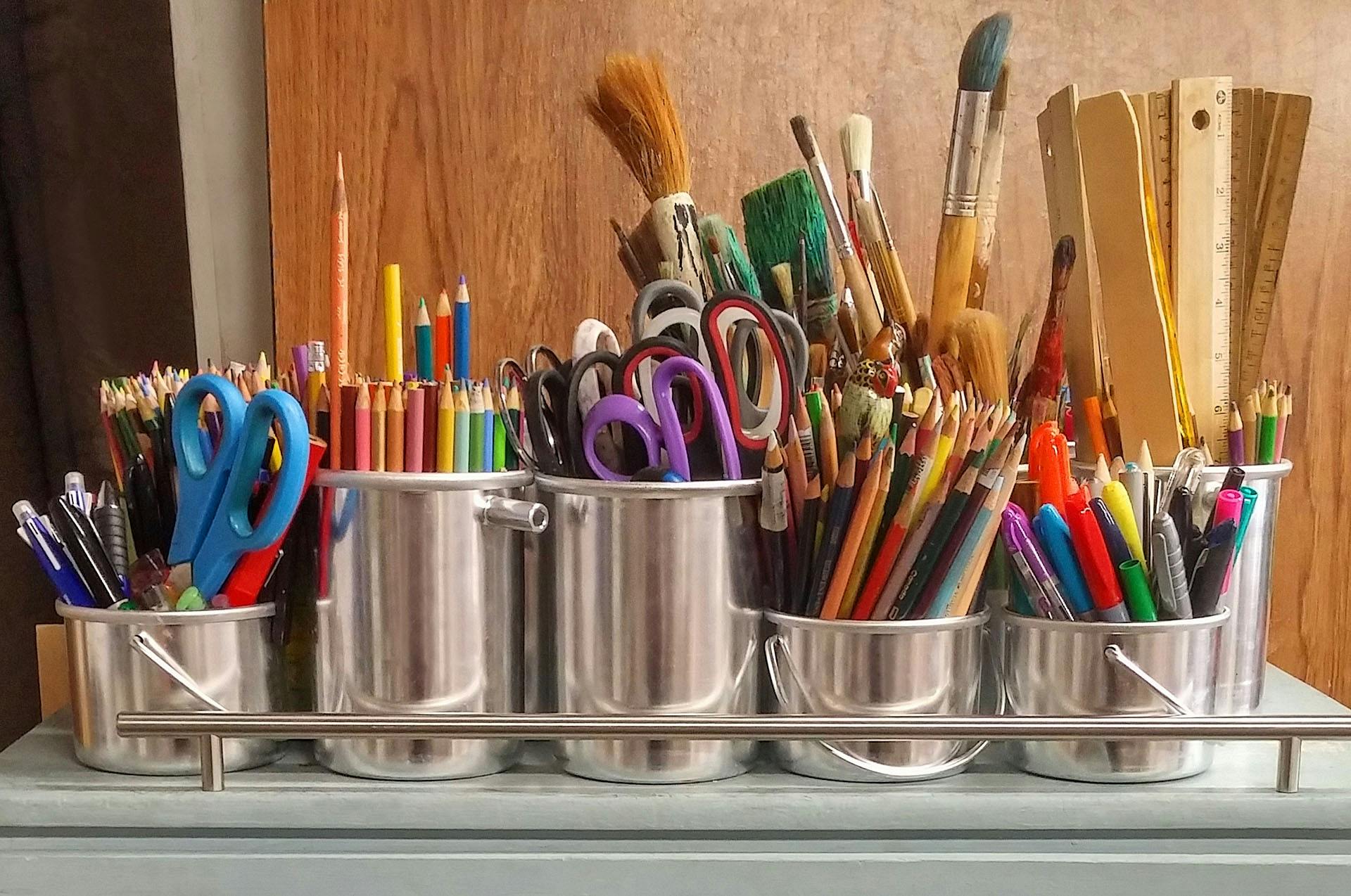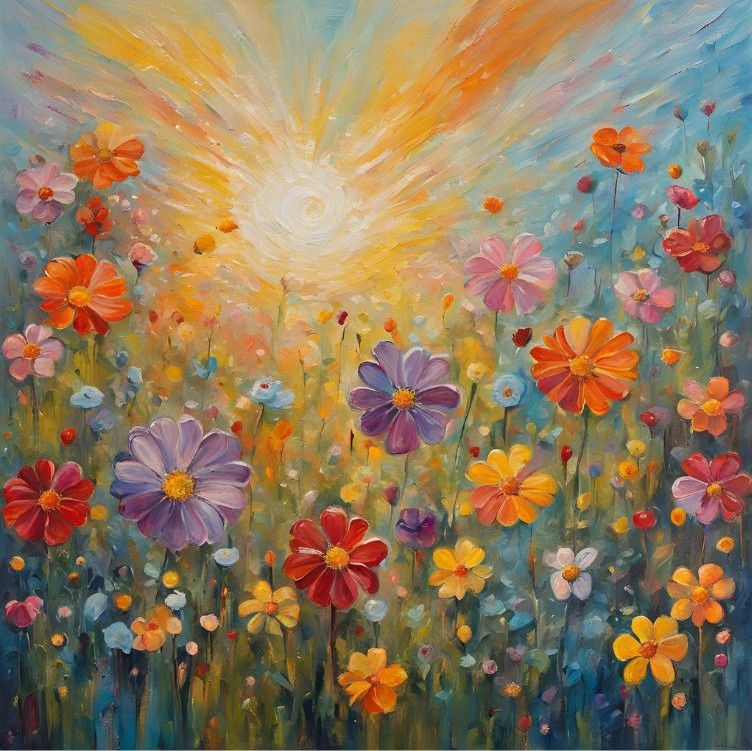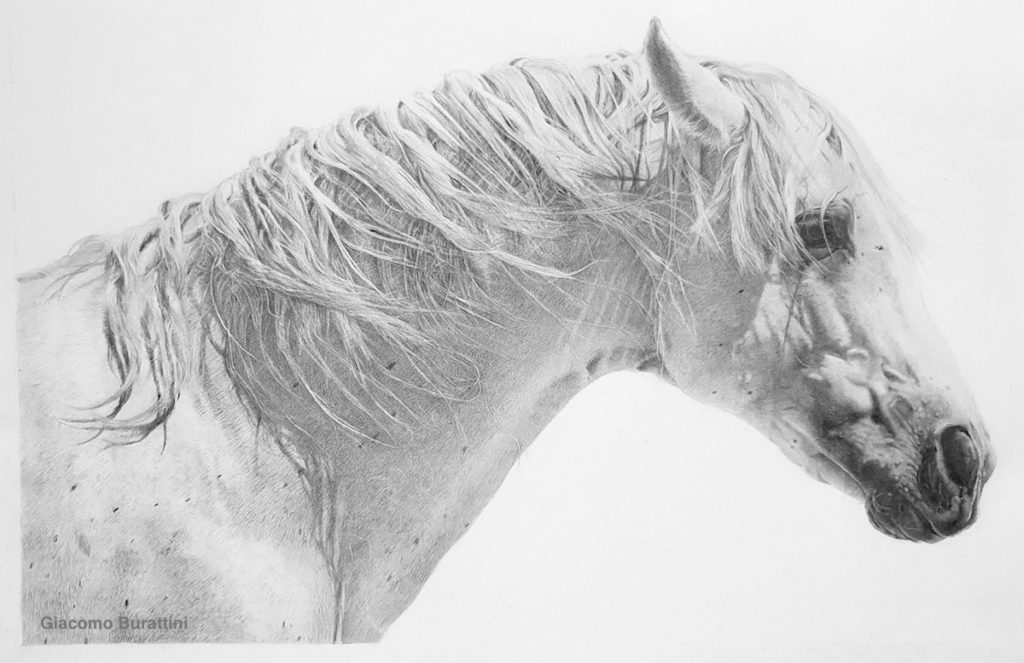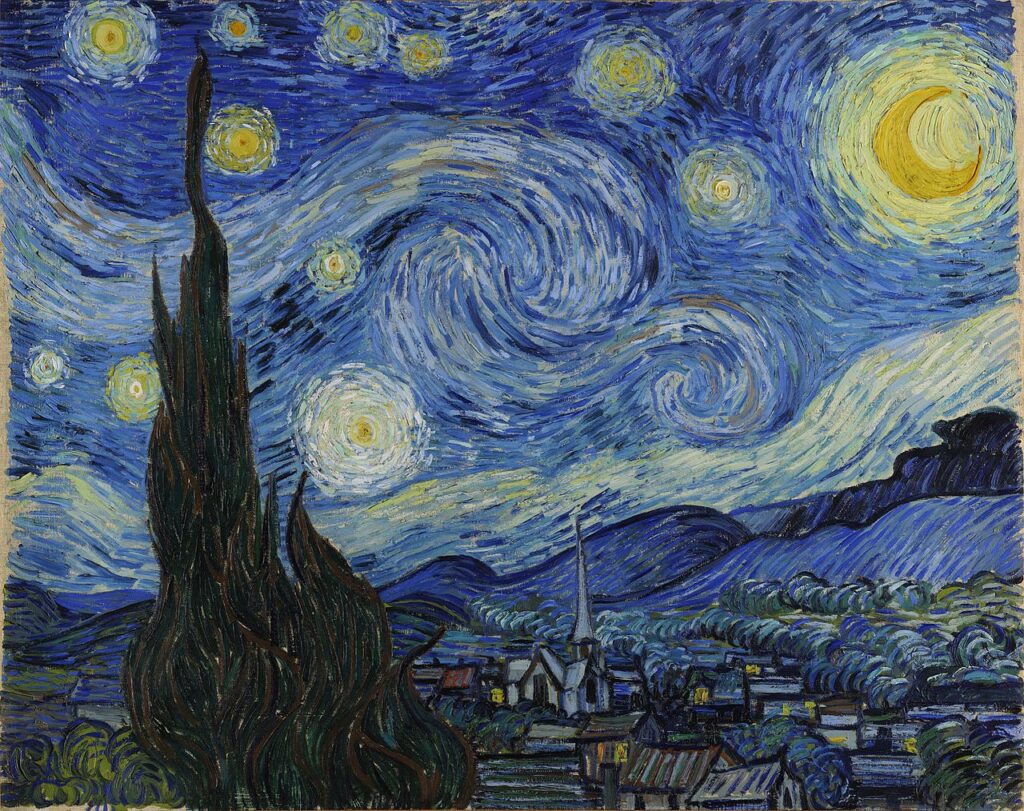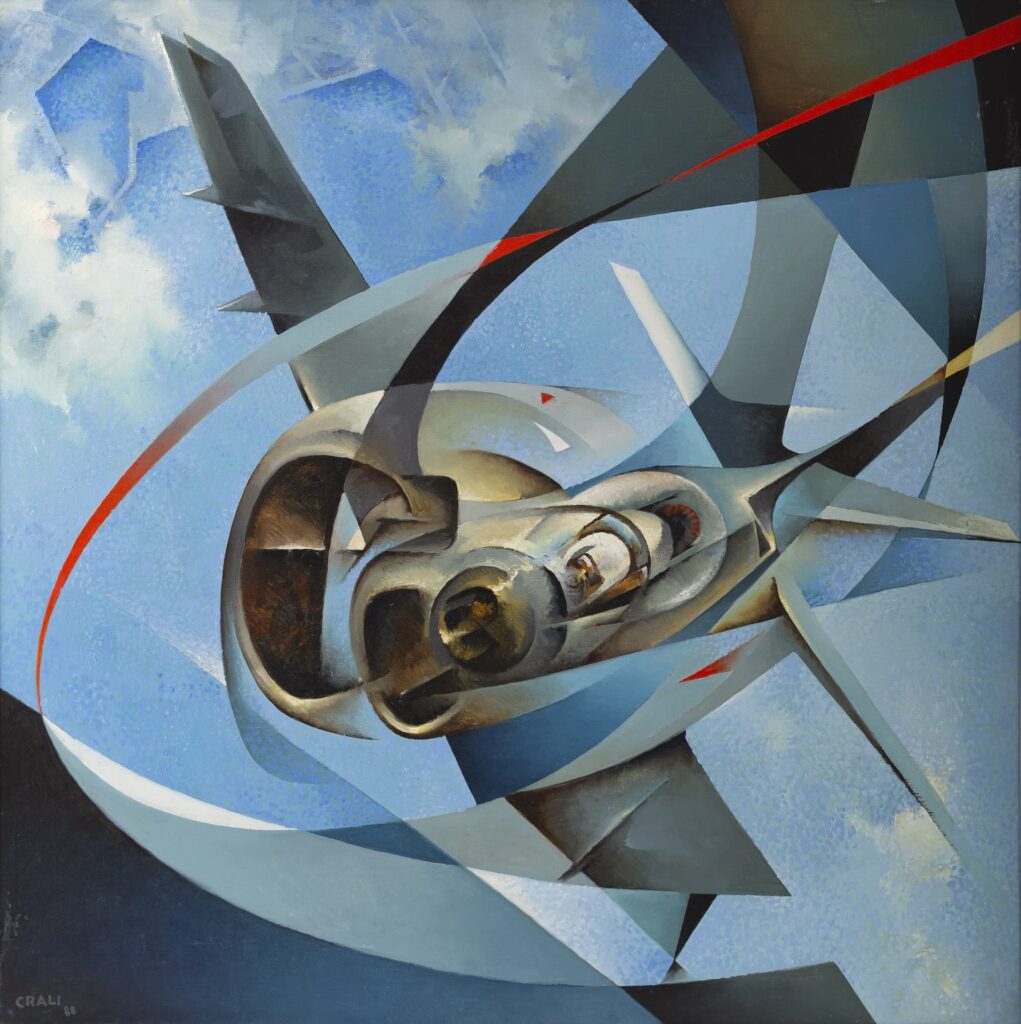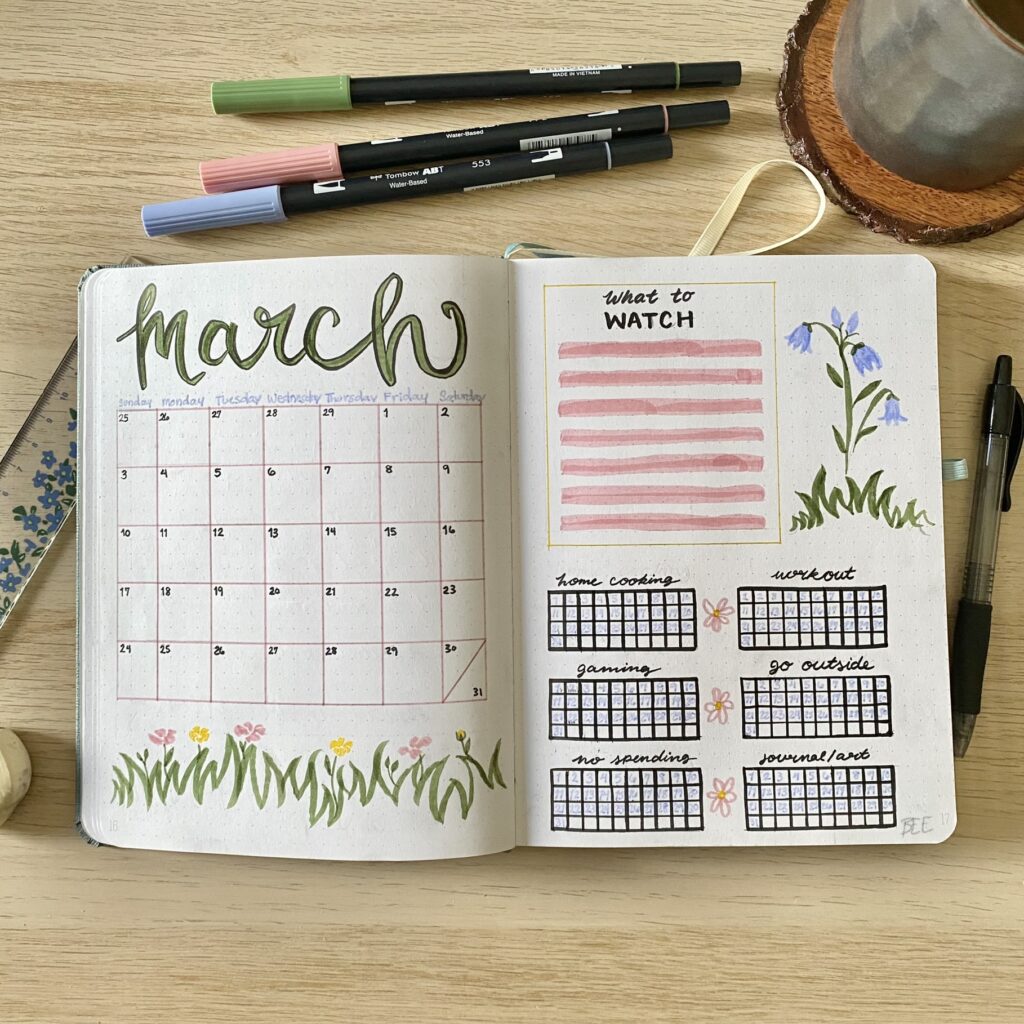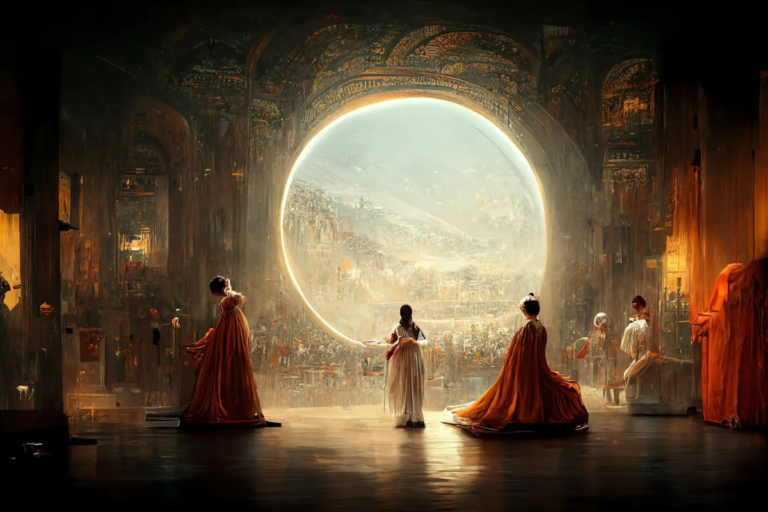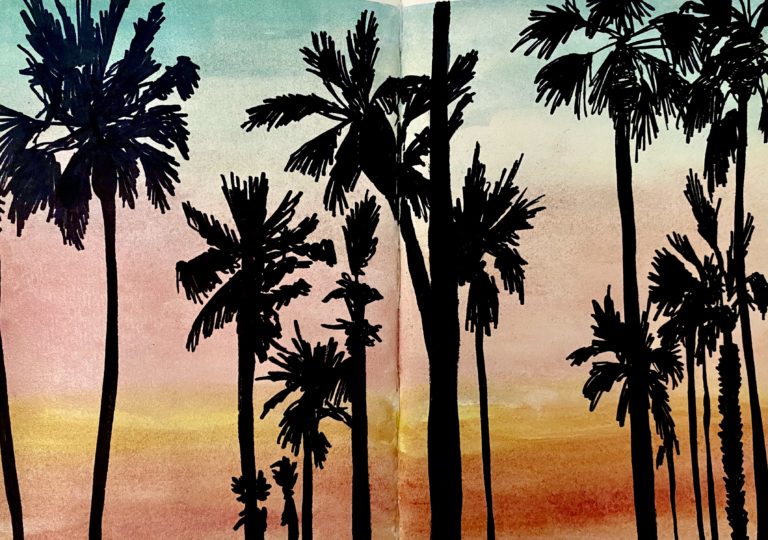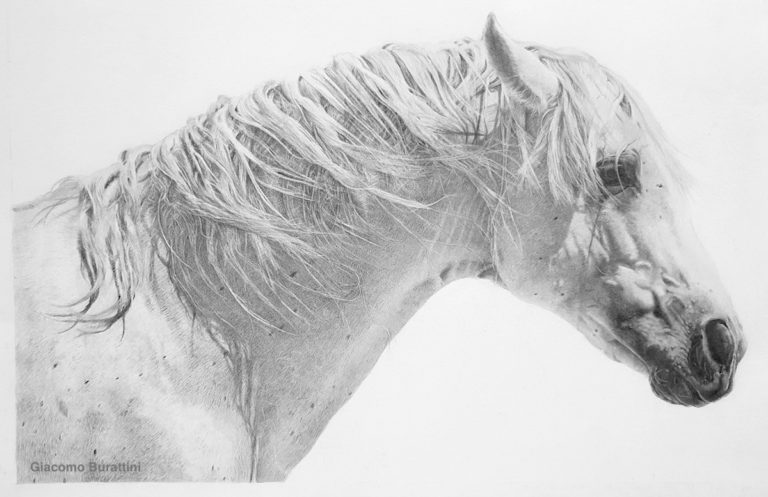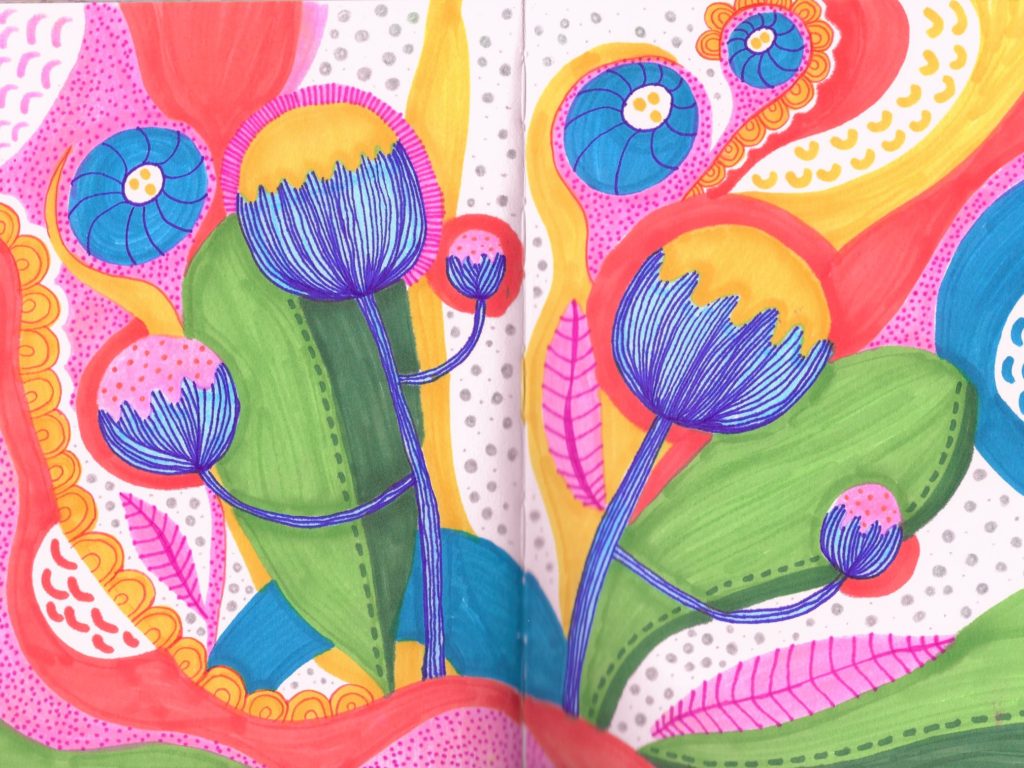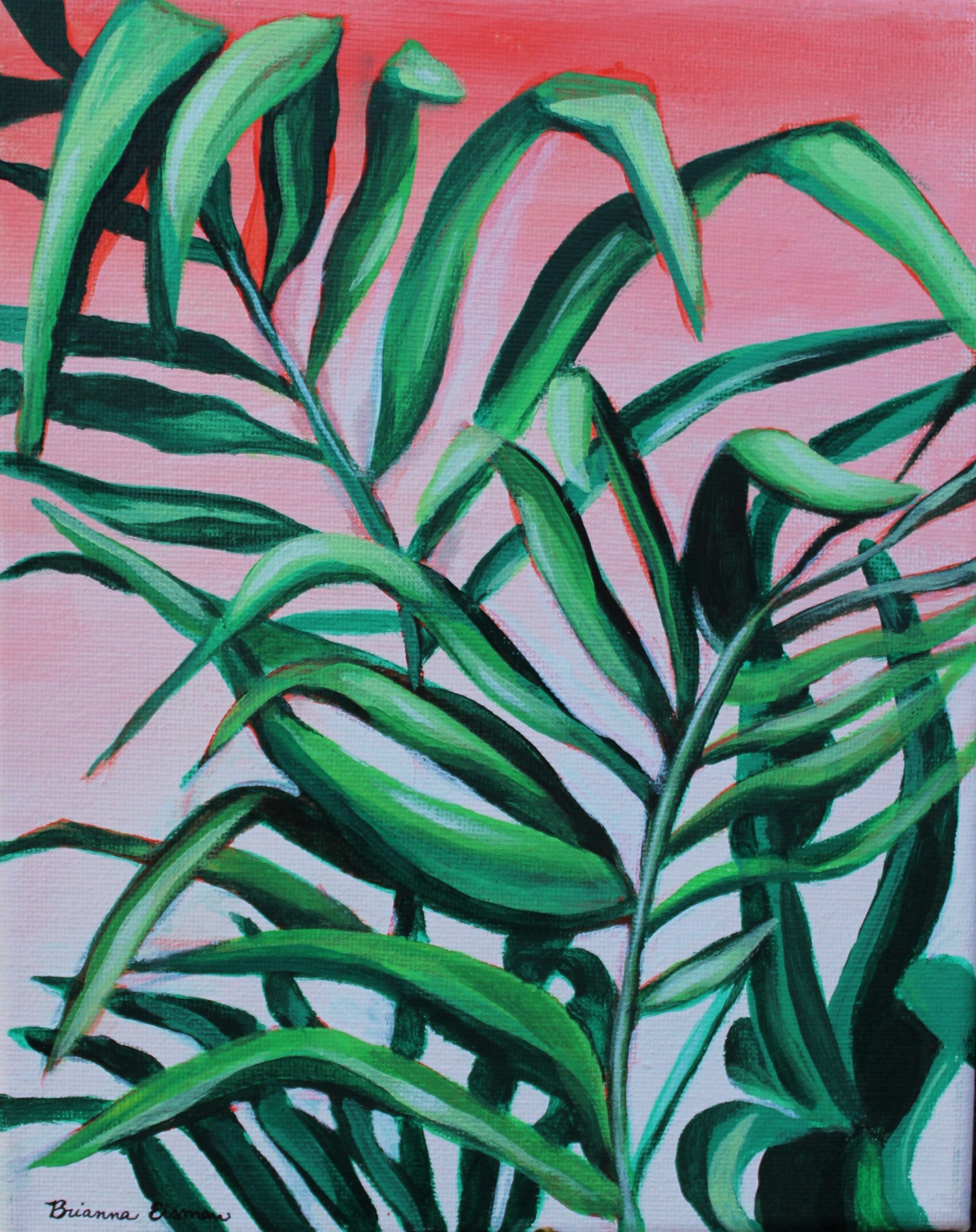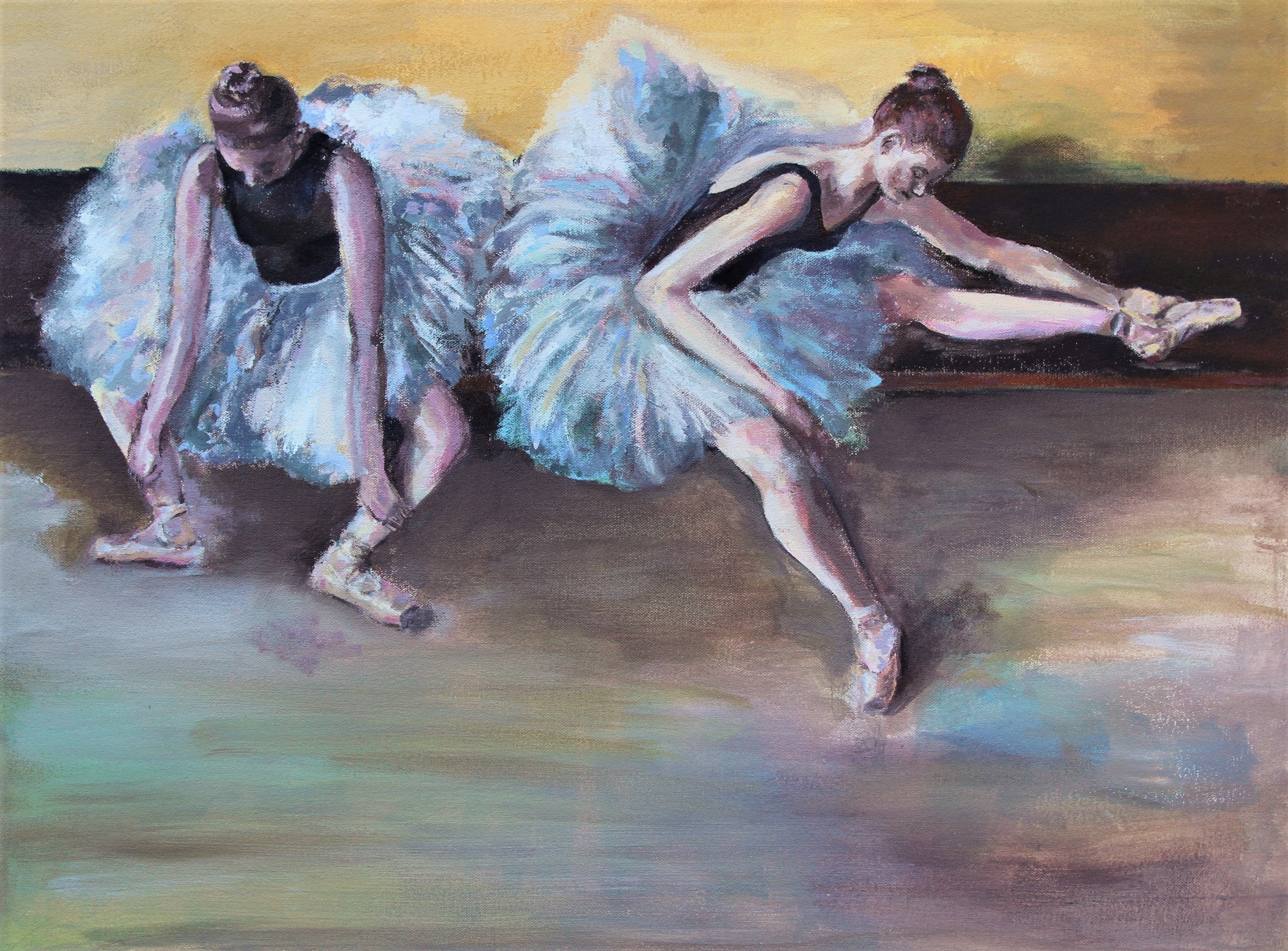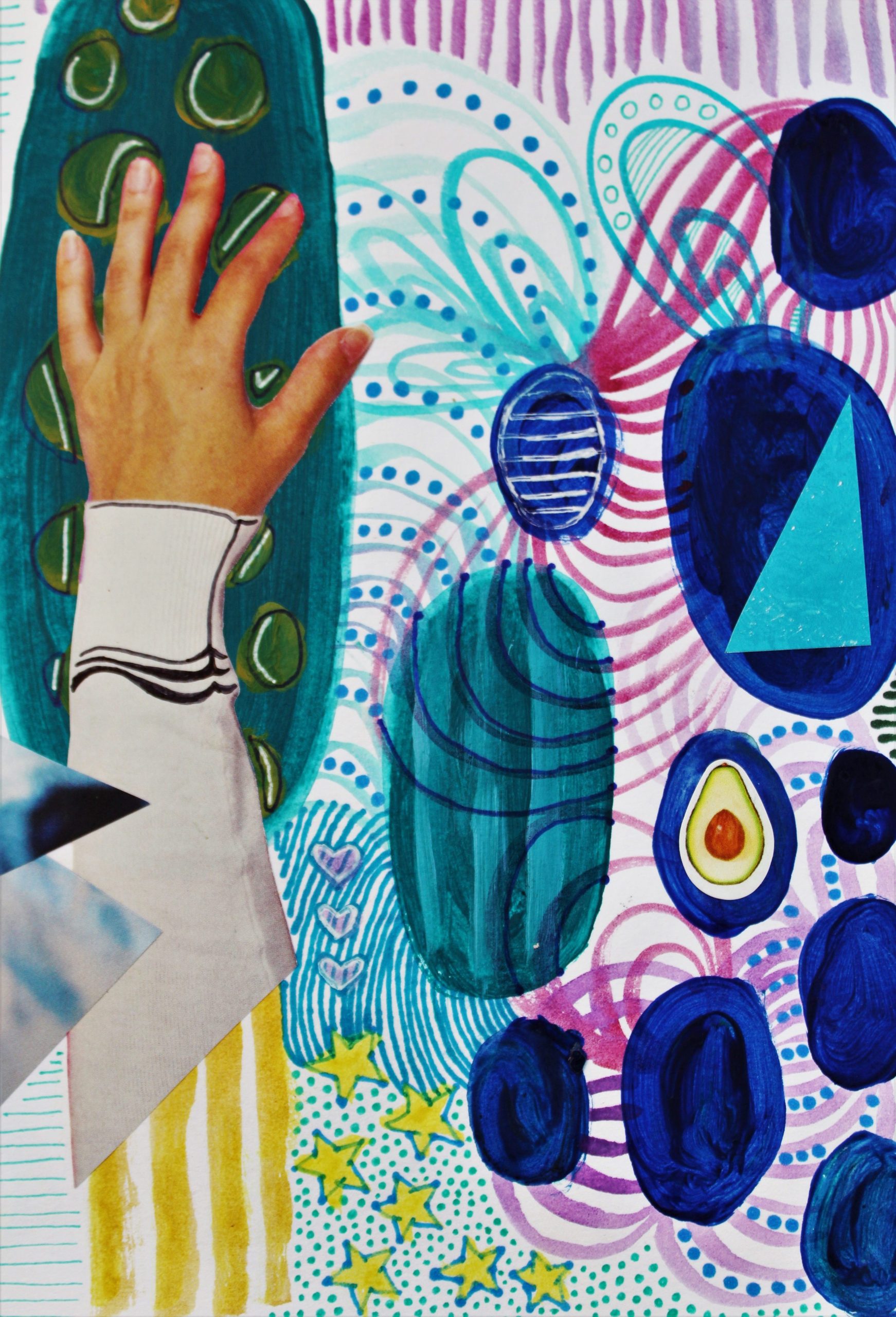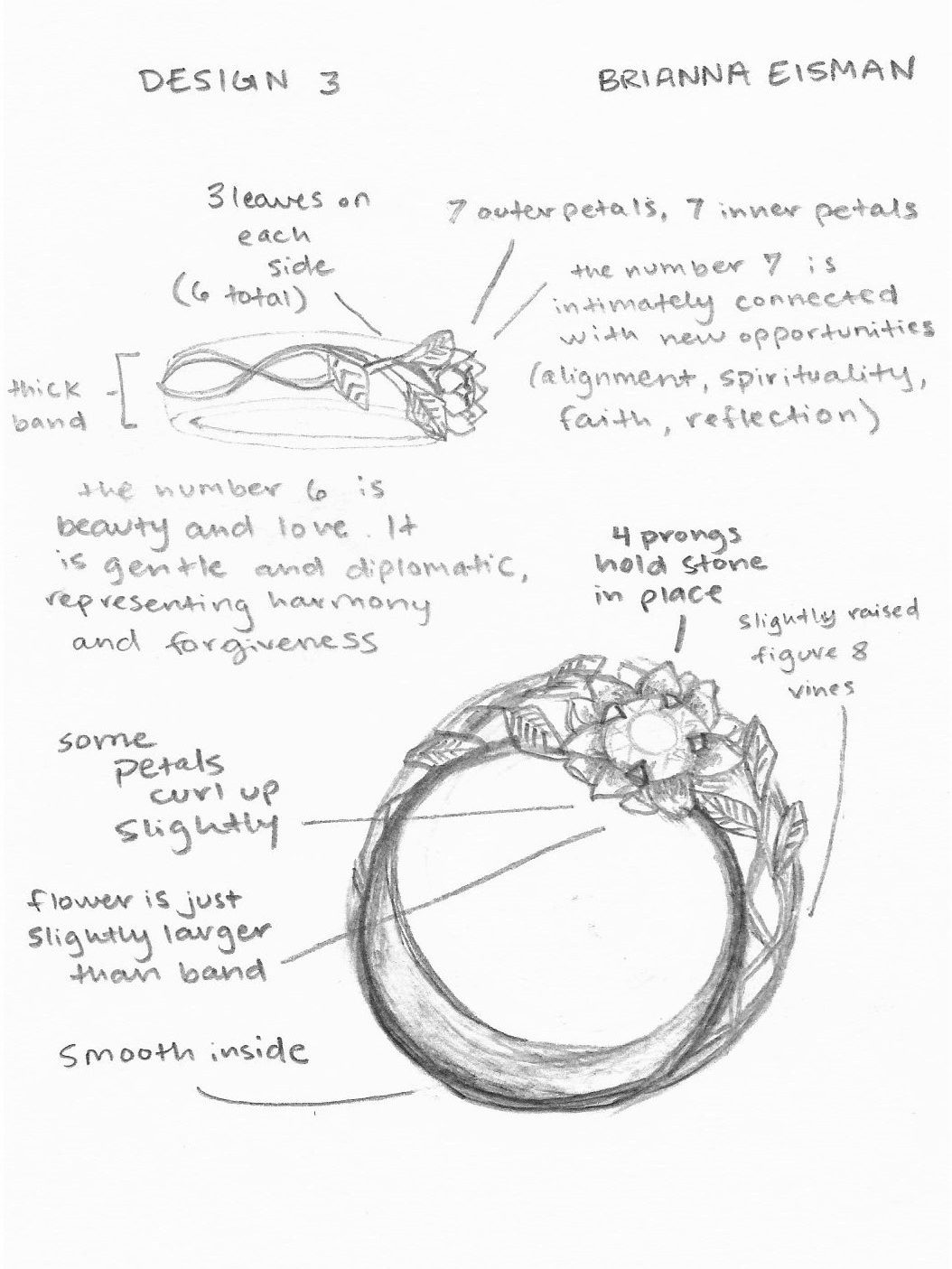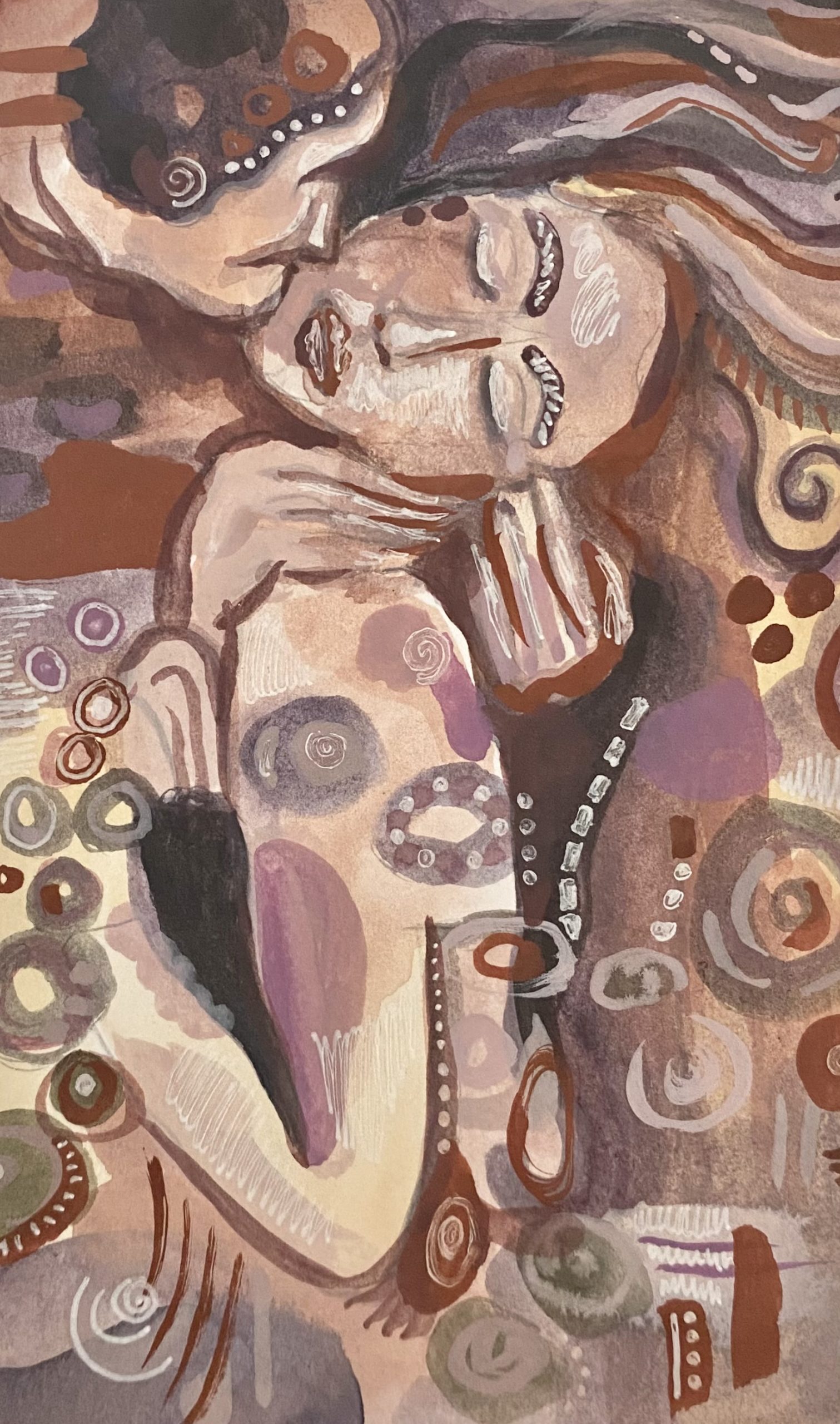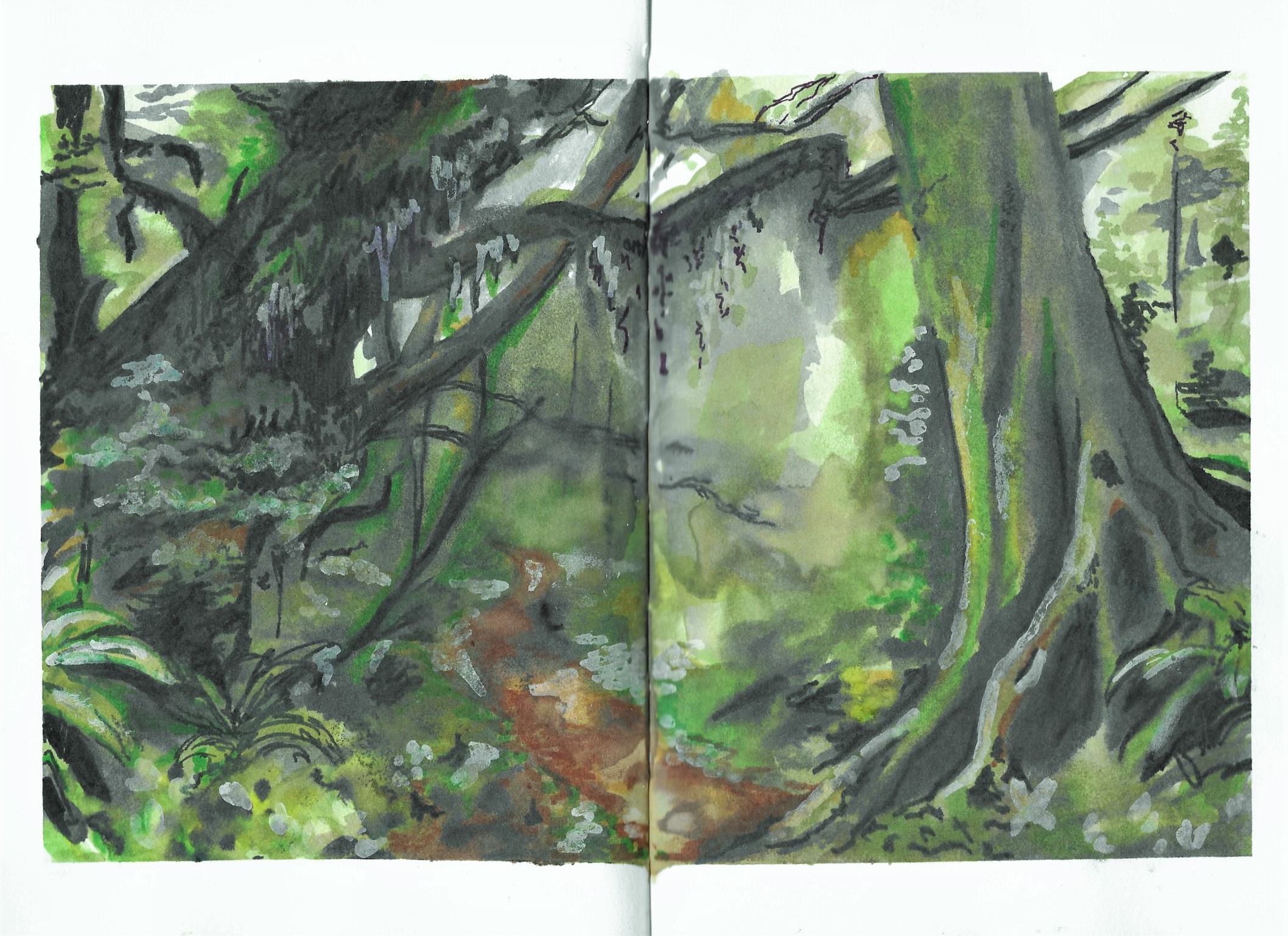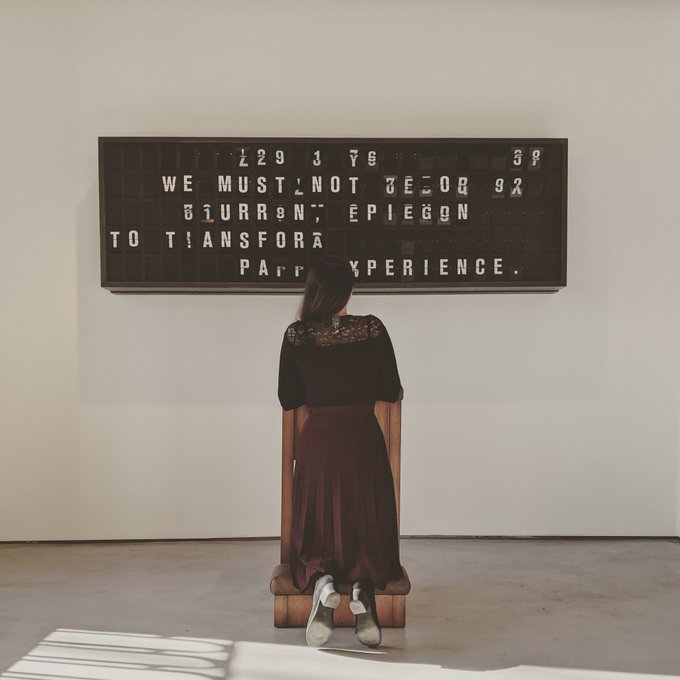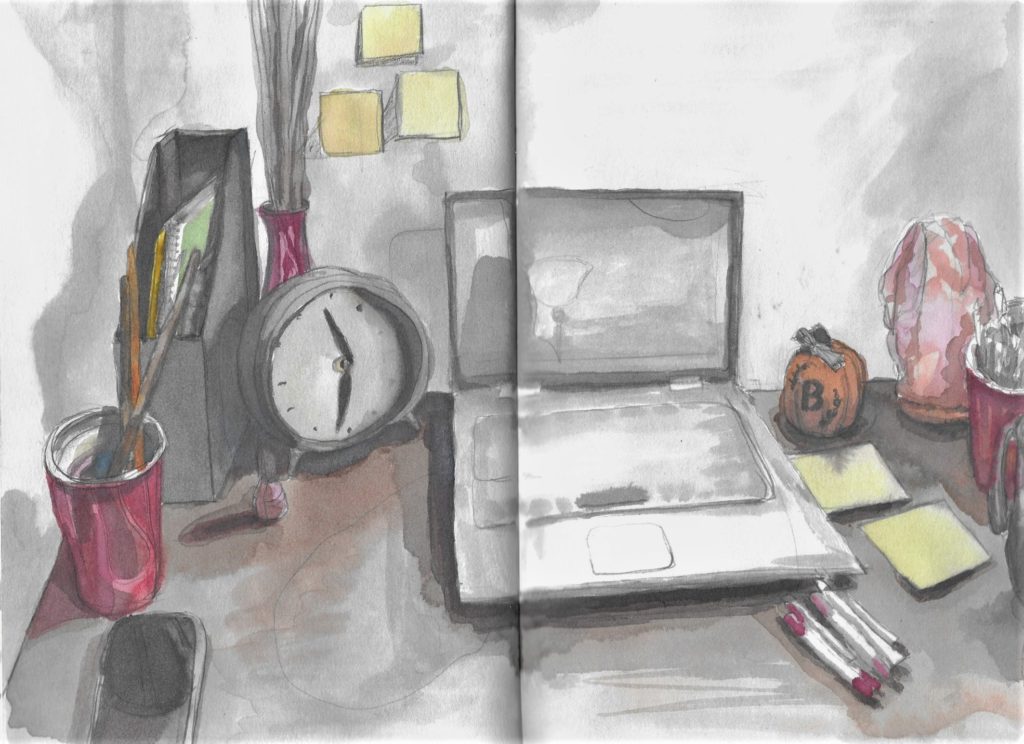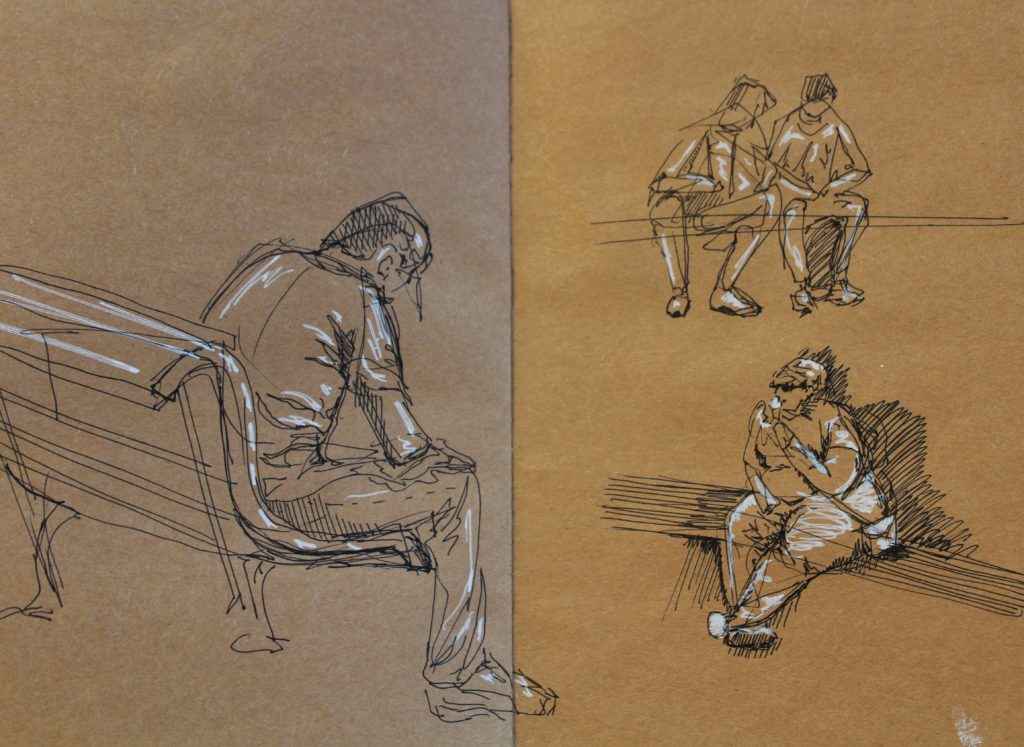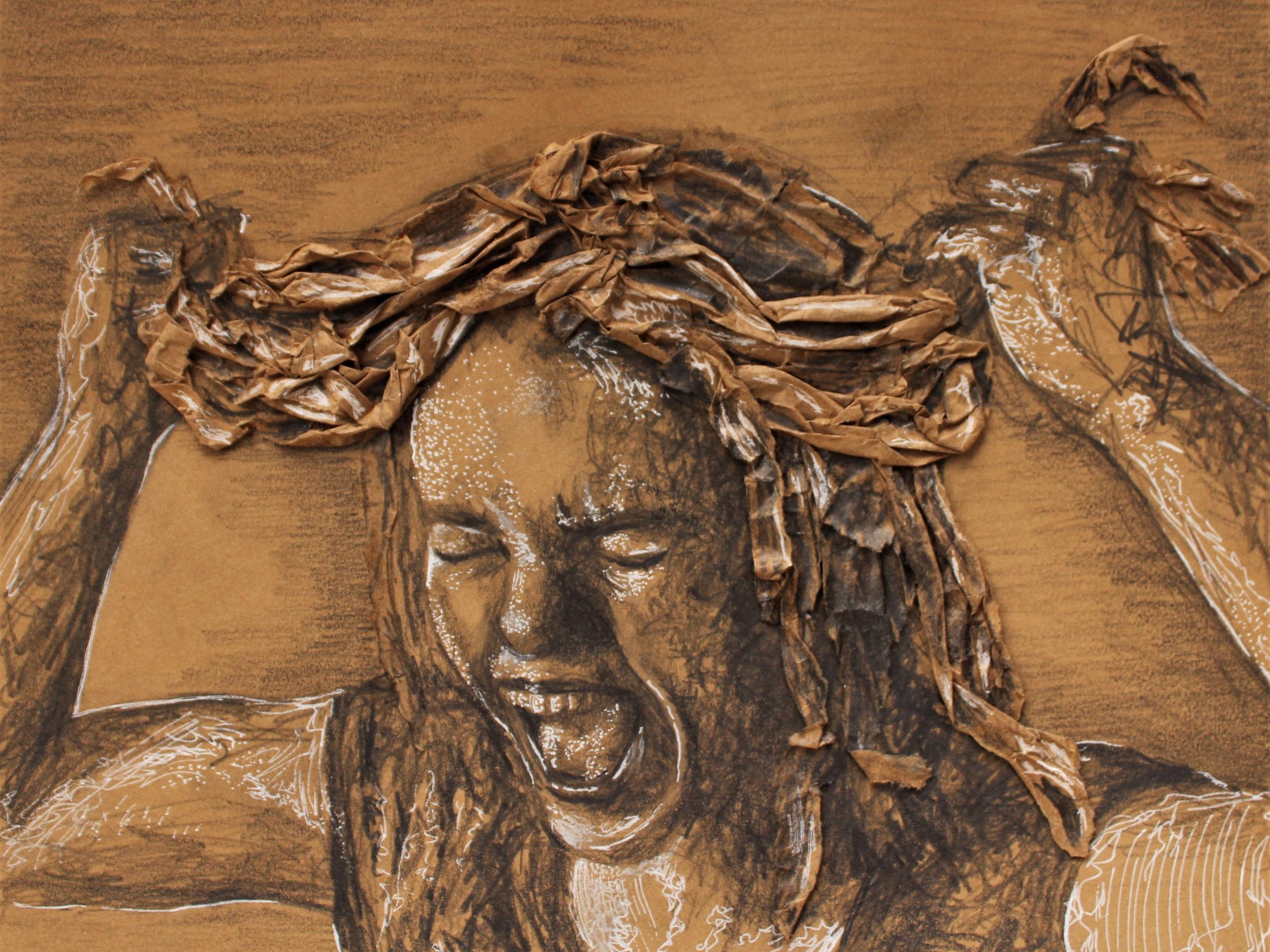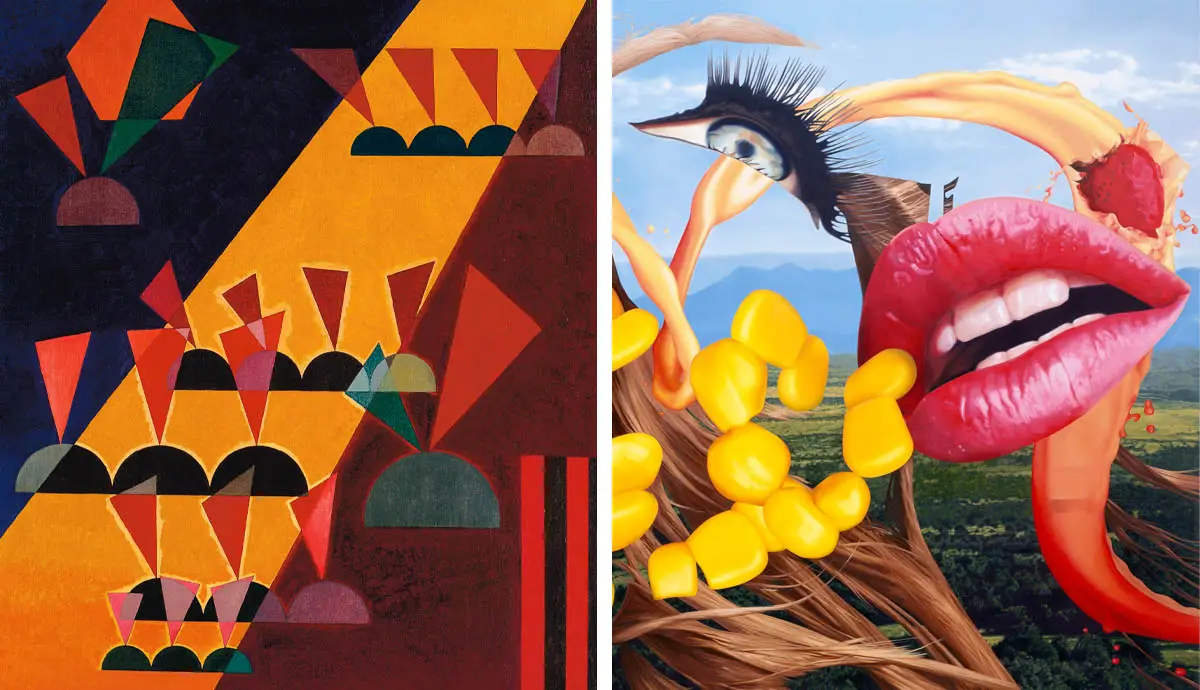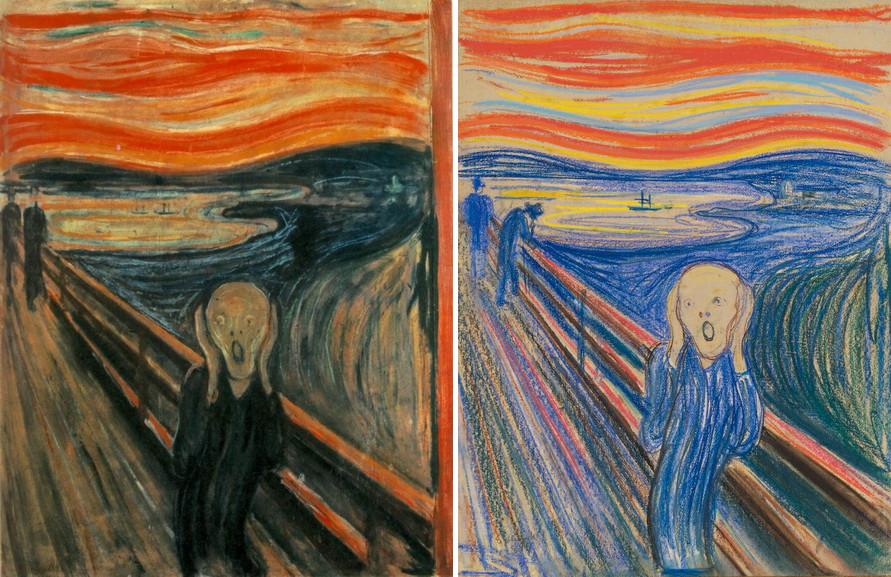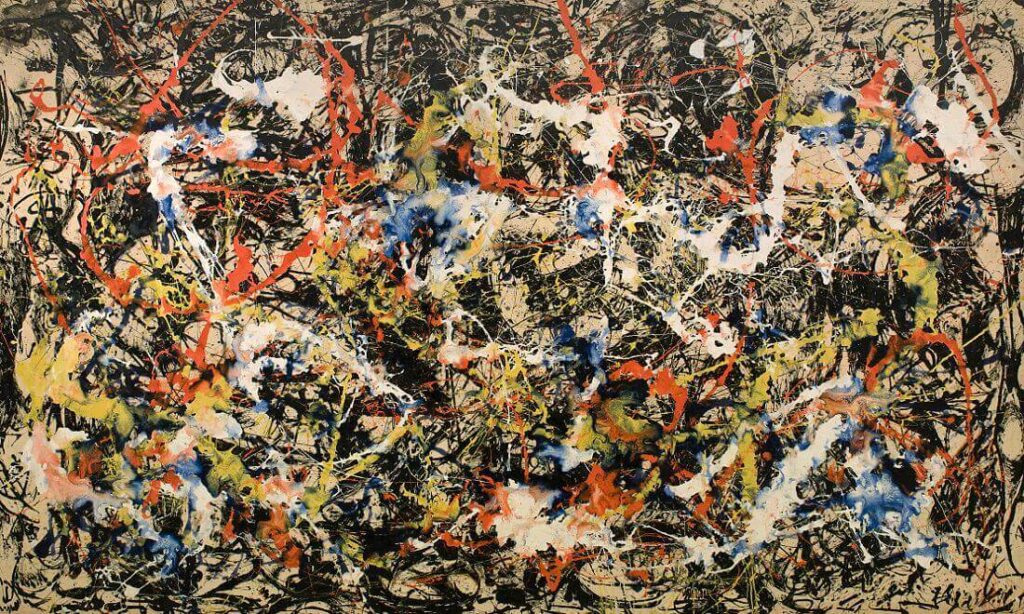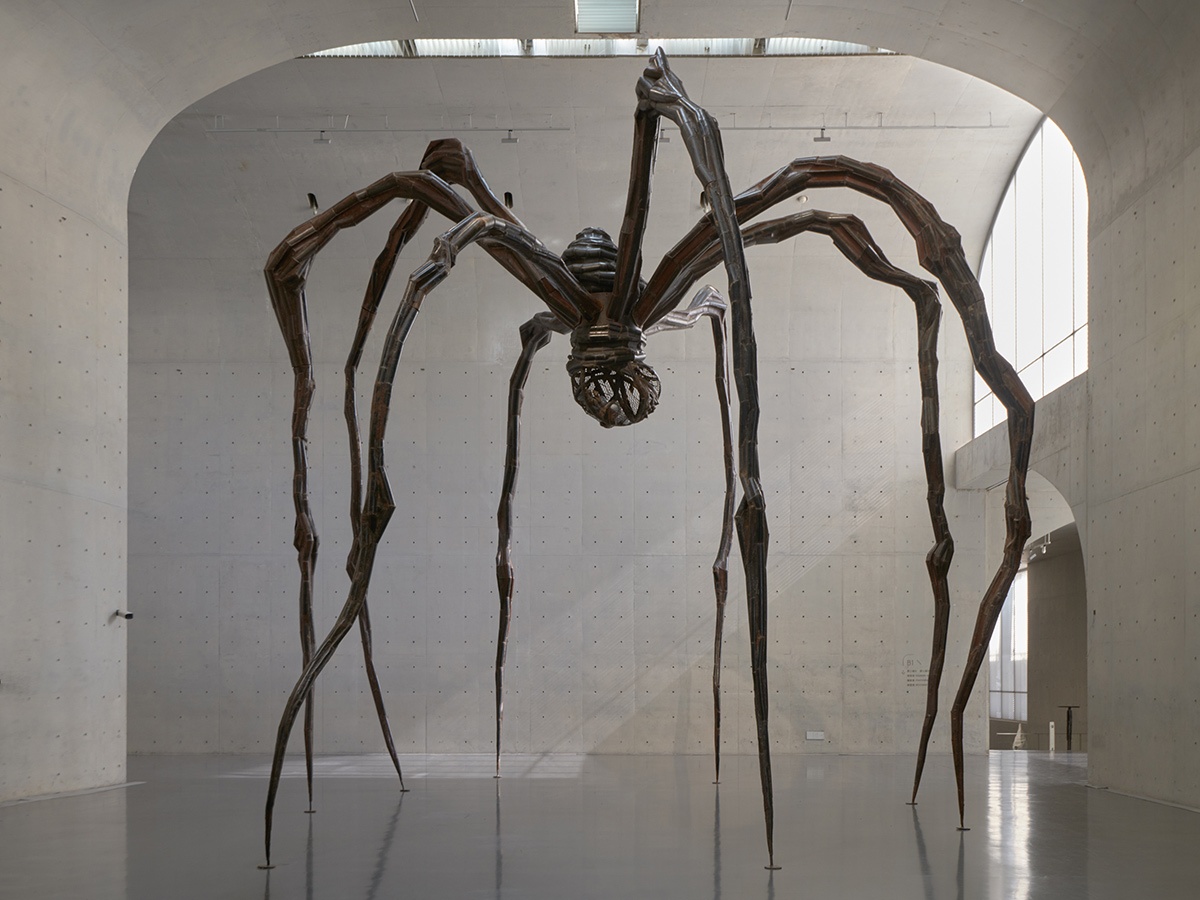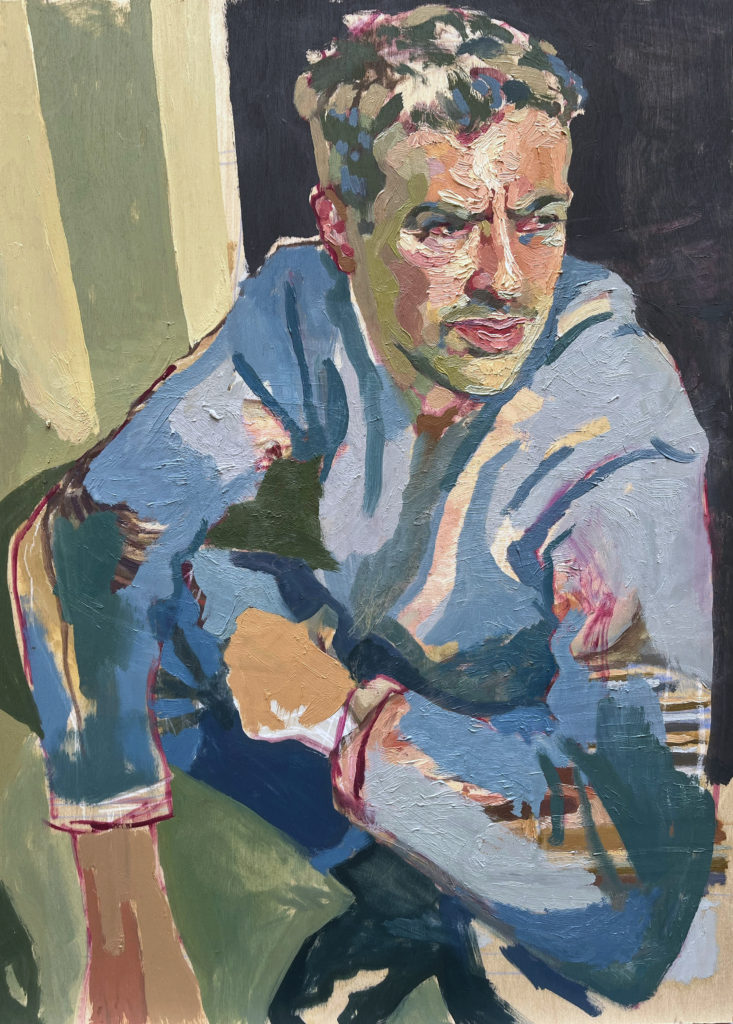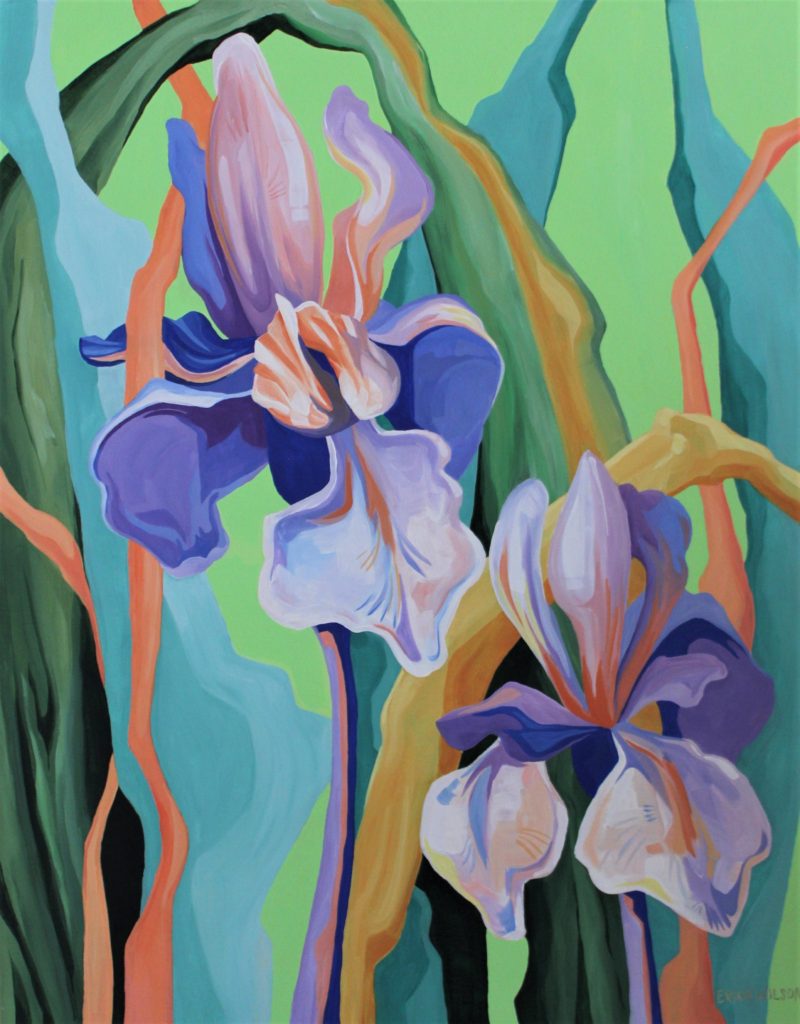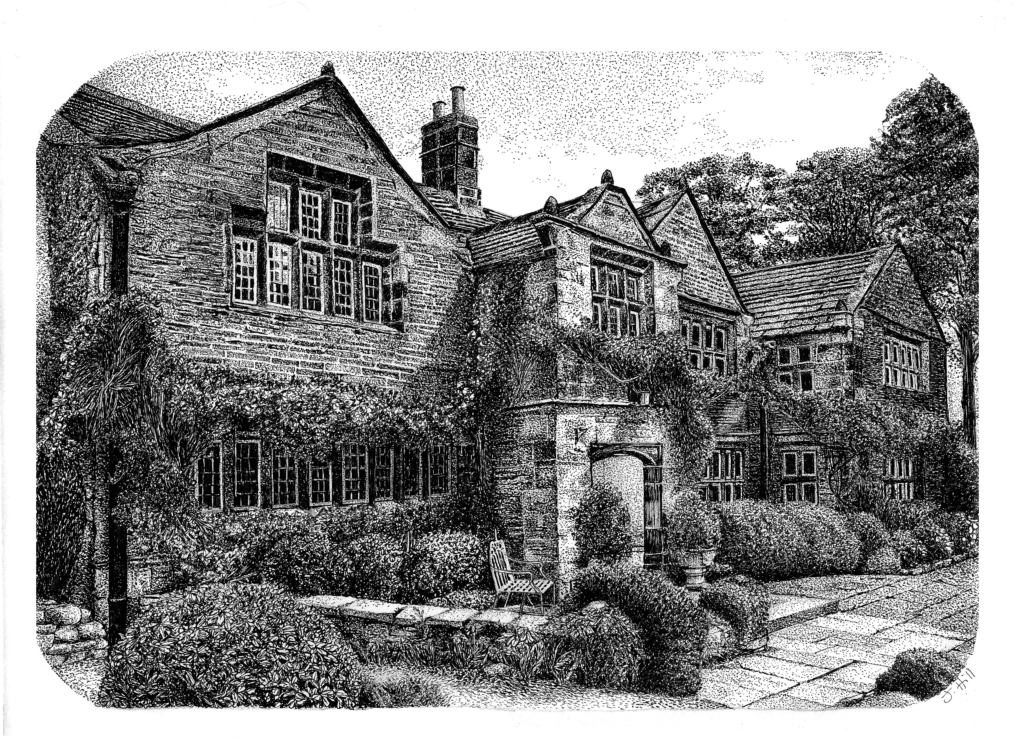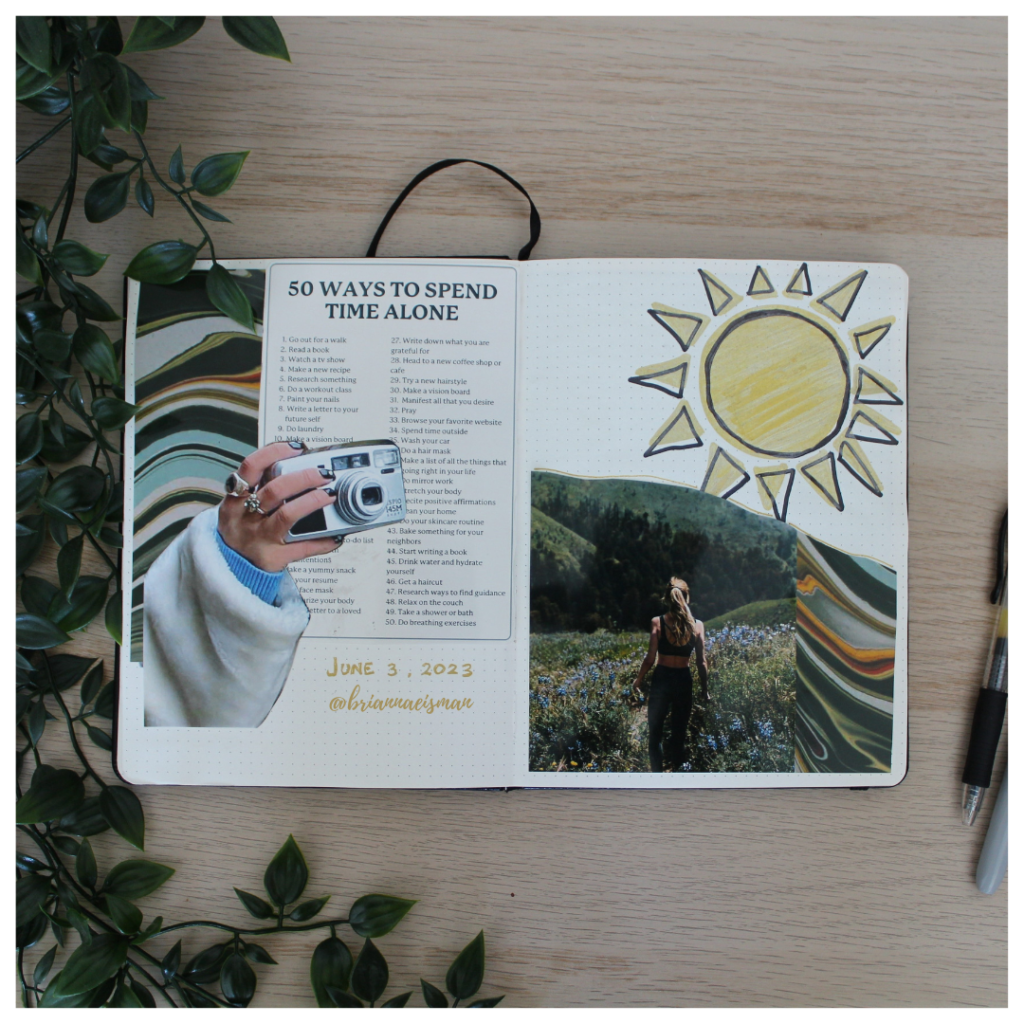How to Make the Color Purple
The Hypnotic And Rich Historical Backstory Of How Simple Purple Became Periwinkle, Indigo, Maroon, And Lavender Color.
The color purple is a mesmerizing hue and has captured the imagination of artists, designers, and enthusiasts for centuries. The color purple is a color of intrigue, luxury, creativity, and spirit. And it comes in many shades, tints, and tones, from mauve to grape to a stunning pastel lavender color.
According to color theory, purple is a secondary color and a mixture of red and blue. But I think it’s much more than that, and I think you do too. Let’s get into the mysteries of the color purple.
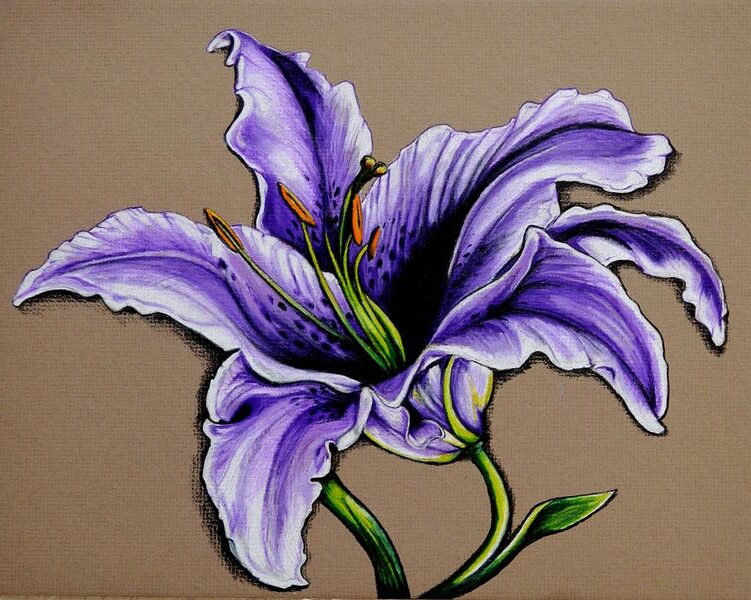
In this article, we’ll explore the world of the color purple: its rich history, the art of mixing and creating it, and its significance in various industries. We’ll also explore a spectrum of 30 distinct shades of purples, violets and lavender color, from periwinkle to plum, and where you can find them in different aspects of our world.
Table of Contents: The many colors of Purple
A Journey Through Art History: the Royal Past of the color purple
The regal reputation of the color purple goes back centuries. In ancient times, the production of purple dye was a laborious and costly process, making it a symbol of wealth and status.
Phoenician traders extracted violet dye from the glands of mollusks in the Mediterranean Sea. The product was called “Tyrian purple.”
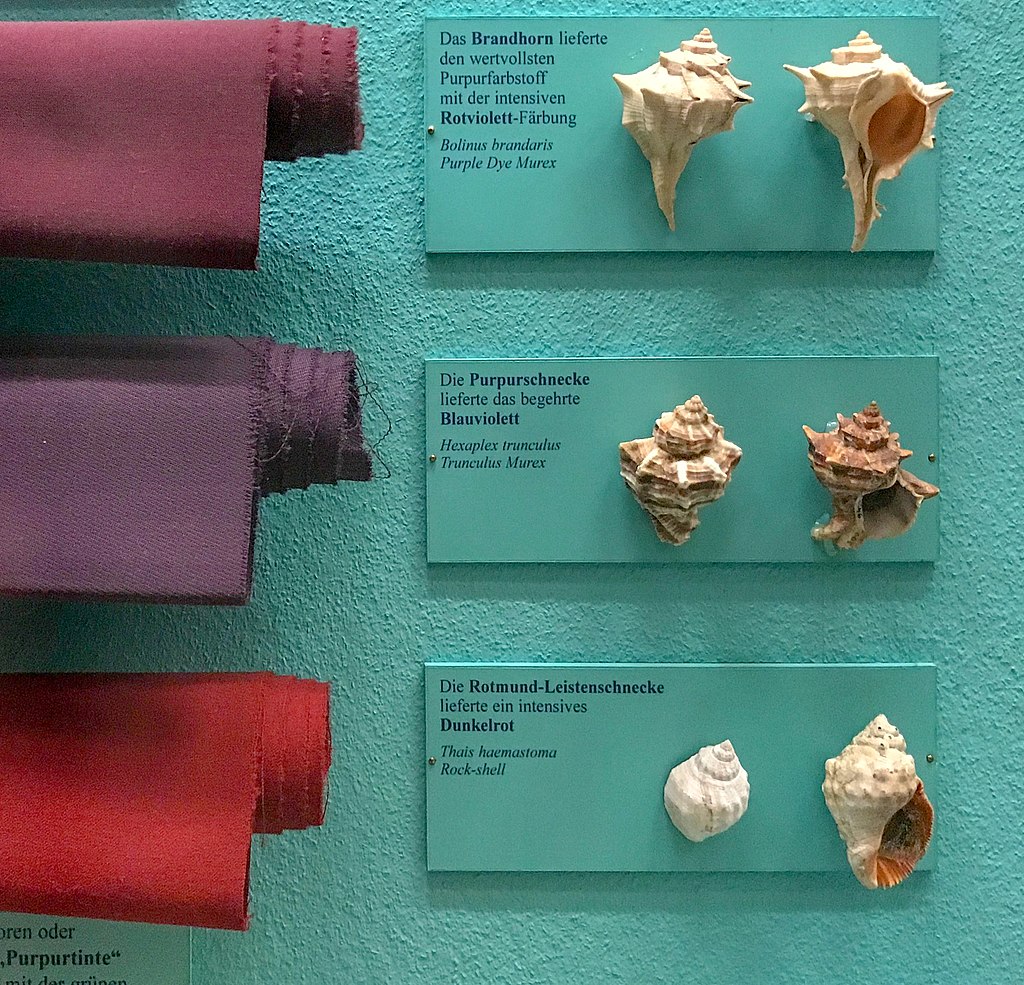
In fact, according to an article by Kristine Ballard, over 9,000 snail mollusks produced a single gram of the precious Tyrian purple dye. This rarity made the color purple especially valuable.
The term “purple” comes from the Greek πορφύρα (porphura) and Latin purpura.
The Romans reserved the color purple for emperors and high-ranking officials. Similarly, the Byzantine Empire used purple as a privilege exclusively for the imperial family.
During the Renaissance, artists like Leonardo da Vinci, Titian, and Veronese utilized various shades of lavender color in their works to symbolize nobility and spirituality. In the 18th and 19th centuries, purple represented mysticism and the spiritual, often appearing in paintings with religious or symbolic themes.
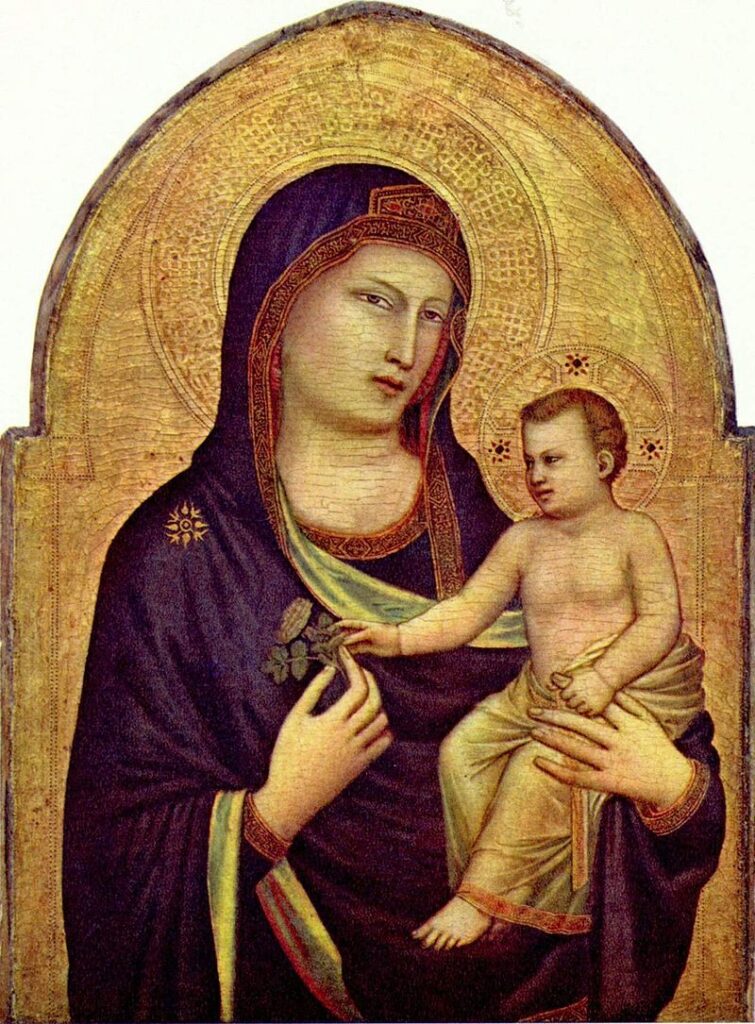
The Perfect Purple, Maroon, or Lavender Color
To create the perfect shade of purple, one must combine red and blue. As discussed in a preliminary article regarding color theory and the color wheel, you must mix two primary colors to produce a secondary color, like purple.
The proportion of each color will determine the tone, from a delicate lavender to a deep violet. Experiment with different ratios to achieve your desired hue. Introducing white will lighten the shade, while black or optical black will darken it. You can also adjust the tone, saturation and vibrancy using other colors on the wheel. Keep in mind that the specific red and blue you use will influence the final result.
For more color theory tips and tricks, check out these artsy articles on color knowledge tips and color theory for beginners.
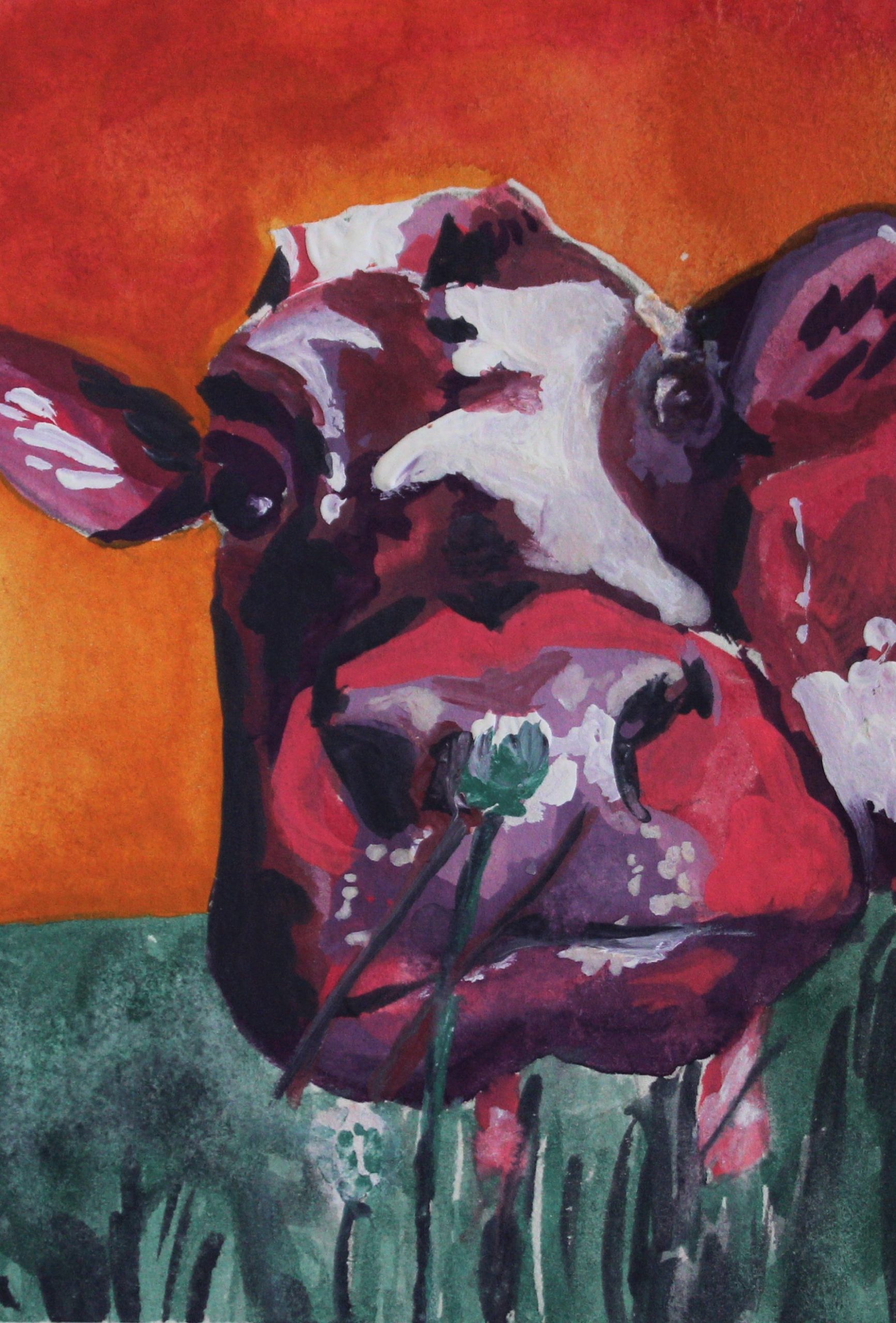
4″x6″ acrylic on paper
The Many Shades of the color Purple and Their Applications
Depending on how you choose to mix the color purple, the outcome can be very different. Even though you mix red and blue colors, your purple can vary significantly. Next, I’ll determine the differences between 30 different colors of purple and their origins.
Overall, it’s important to keep in mind that colors are extremely variable. The hue derived from the origin, like a flower or fruit, may not match the HEX or color code exactly. Likewise, you may interpret the color differently in your head than how I interpret the color in this article.
There are so many lavender color flowers!
Firstly, the best way to organize these colors is by their origin. I found nine of out 30 come from flowers, so let’s start with the color purple derived from plants and flowers.
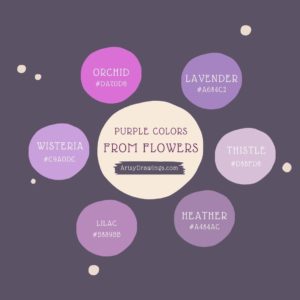
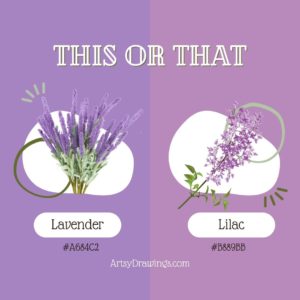
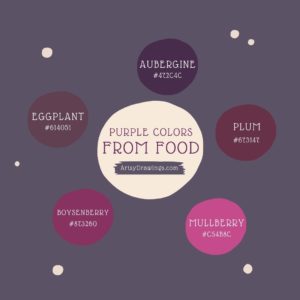
Lavender: #A684C2
This light purple is often associated with tranquility and can be seen in interior design for bedrooms and spa settings. Like its namesake flower, the lavender color provides a calm feeling with its pastel quality and slightly bluer hue.
Lilac: #B889BB
A soft, pale purple used in springtime floral arrangements. Similar to the lavender color, the name lilac originates from the flower’s color. I think lilac is slightly more red and pink than the lavender color, though.
Periwinkle: #CCCCFF
A soft and charming, periwinkle is the color purple shade used in children’s products and fashion.
Heather: #A484AC
A muted purple with a gray undertone, often found in interior design.
Iris: #5D3FD3
A medium purple, perfect for adding a pop of color to clothing or accessories.
Orchid: #DA70D6
This vivid and exotic shade is sourced from the vibrant flower and used in cosmetics and fashion. Additionally, clothing designer Halston was known for populating his studio with live orchid flowers as inspiration. He had a $150,000 yearly orchid budget! Aside from their brilliant pinky-purple hue and meanings of love, luxury, beauty and strength, orchids are innately provocative, much like Halston’s lines.
Thistle: #D8BFD8
A pale purple with a touch of gray, ideal for sophisticated design projects.
Pansy: #78184a
A vibrant and bold purple often found in gardening and horticulture.
Wisteria: #c9a0dc
A pale and delicate purple often used in weddings and floral design.
What are Spectral Colors?
Next, violet and indigo deserve their own sub-section as these are some of the most pure colors in the human visible light spectrum.

Violet: #8F00FF
Violet is a type of flower and what is known as a spectral color. The hue has its own wavelength at the end of the spectrum of light identified by Isaac Newton.
In the art community, the color violet is often interchangeable with “purple.” This confusion comes from the formal color wheel, Roy G. Biv, where the last two letters stand for indigo and violet. This original color wheel was created by Isaac Newton himself in 1666.
Visually, a purple marker and violet marker are the same color. Scientifically, violet is a spectral color with a wavelength of 400nm and purple is a combination of two spectral colors, red and blue, and has no wavelength.
Indigo: #4B0082
Indigo is another spectral color with its own wavelength. It is a deep, dark purple-blue, perfect for textiles and dyeing. According to Muzli Colors, indigo dye is derived from the Indigofera tinctoria plant and its first recorded use was in 1289.
Purple berries, fruits, and sweet treats!
Many purple colors come from berries and fruit in nature. These hues tend to be darker in color, but are definitely still classified as purple.
Eggplant: #614051
A rich and dark purple often used in cooking and home décor.
Aubergine: #472C4C
A rich and elegant shade found in gourmet cuisine and interior design. Actually, color wise, aubergine is the same color purple as eggplant. The difference is merely regional. ‘Eggplant’ is the term in American English, while ‘aubergine’ is used in British English.
Plum: #673147
A deep and luxurious purple often used in clothing and accessories. As expected, this color gets its name from the sweet fruit.
Mulberry: #c54b8c
A dark, reddish-purple shade often found in autumn-themed artwork.
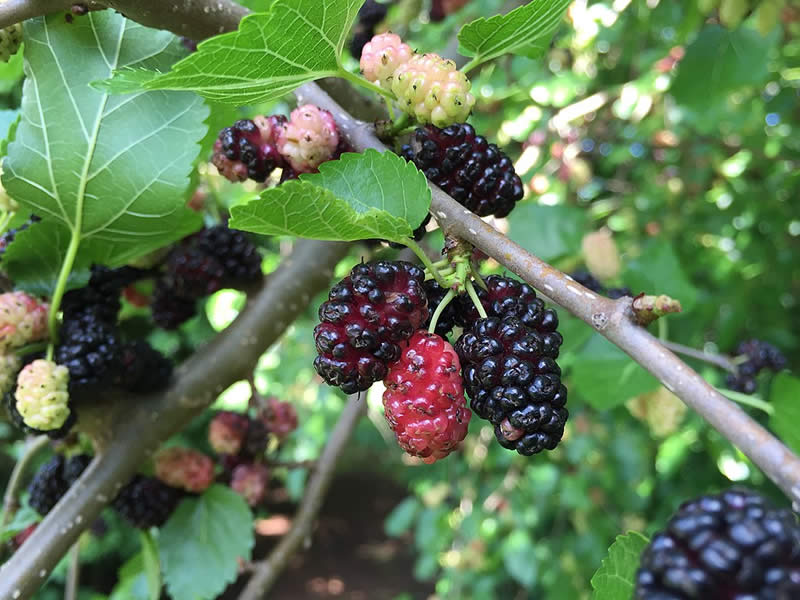
Boysenberry: #873260
A dark and fruity purple often found in food products and branding.
Grape: #6f2da8
This is really close to what I envision when I immediately think of the color purple. Even though the name of this color matches the fruit, this is not the color of grapes. Instead, the color purple ‘grape’ represents branding for candy in this flavor. It’s nostalgic for me in a sense. This color purple is a vibrant and playful purple used in branding for sweets and children’s products.
Fashion Forward Lavender Color
These colors typically more artificial and fabricated specifically for fashion and products. They can be perceived as more vibrant and rich than floral or berry purples.
Mauve: #C77398
This color purple is a dusty purple often used in fashion for a vintage, romantic feel. Mauve is actually the color of the first synthetic dye, created in 1856 by 18-year-old William Perkin. Within five years of the chemical creation, 28 dye factories opened, revolutionizing the fashion world and forever changing color production. Today, according to The American Scholar, there are over 10,000 synthetic dyes, from clothing to car paint to children’s’ toys and even shampoo.
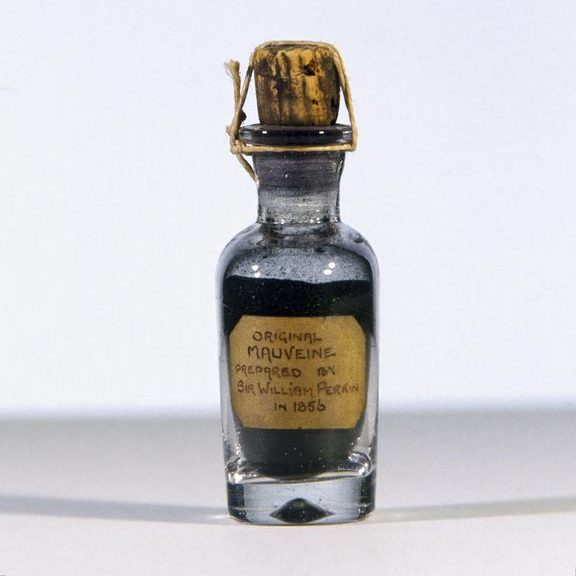
Amethyst: #9966cc
Probably the most natural purple on this list, amethyst is a deep and vibrant purple taken from the crystal with the same name. Often used in jewelry design, this color has a more regal and wealthy appearance.
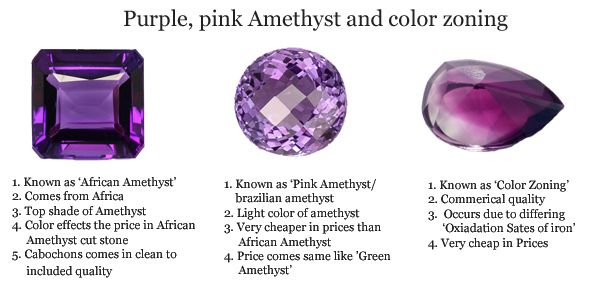
Magenta: #FF00FF
A bold and intense purple often found in advertising and packaging. While magenta is typically categorized as a pink, it is created by mixing blue and red, and can fall into the category of purple colors.
Jazzberry Jam: #a50b5e
I love the name of this color! Jazzberry jam is a playful, intense purple-pink commonly found in children’s products. Crayola has a crayon in this vibrant color.
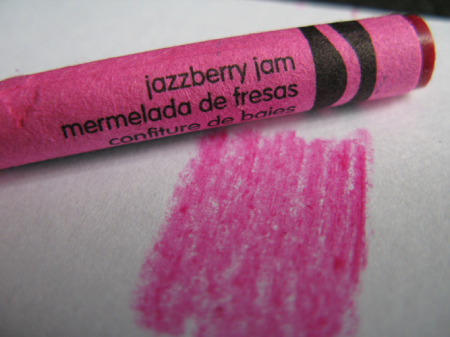
Heliotrope: #df73ff
A soft and romantic purple used in cosmetics and fashion.
Grape Soda: #b498aa
Unlike the grape color, Grape Soda is manufactured by Kelly Moore paints and is typically used as house or wall paint. Kelly Moore describes the color as a “medium light shade of magenta-pink.”
Liseran Purple: #DE6FA1
Probably closer to a pink, this color is a bright, synthetic purple-pink used in textiles and plastics.
Regalia: #522d80
A rich, royal purple often found in academic regalia and ceremonial attire.
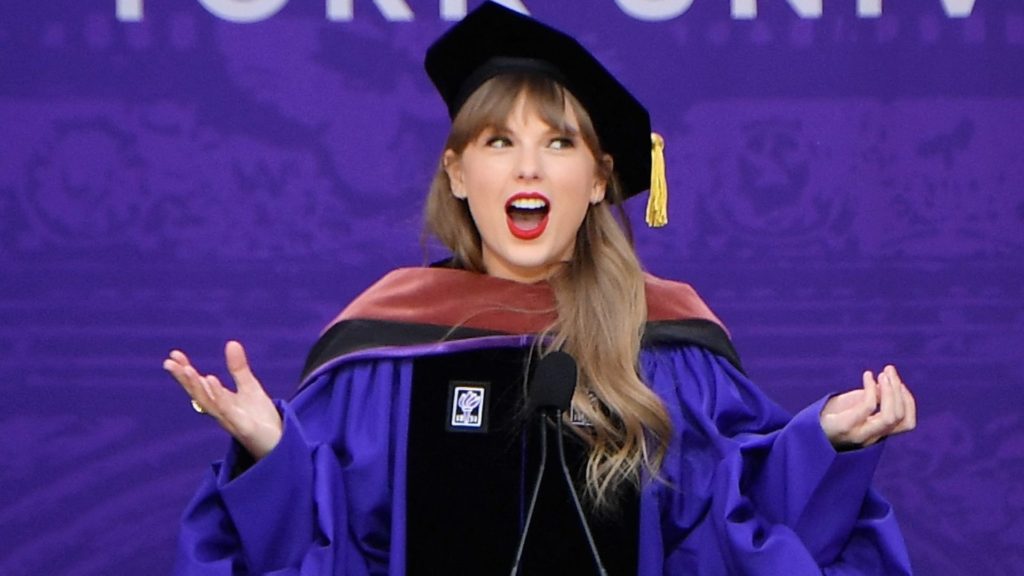
Royal Purple: #7851a9
Historically, royal purple is associated with royalty. Similar to ancient Tyrian purple, the color is used in ceremonial and regal settings.
Byzantium: #702963
A dark, imperial purple used in art and historical reenactments.
Palatinate Purple: #682860
Not to be confused with Emperor Palpatine, palatinate purple is a bright, eye-catching purple. It’s used in sports branding and uniforms, as well as university ceremonial robes.
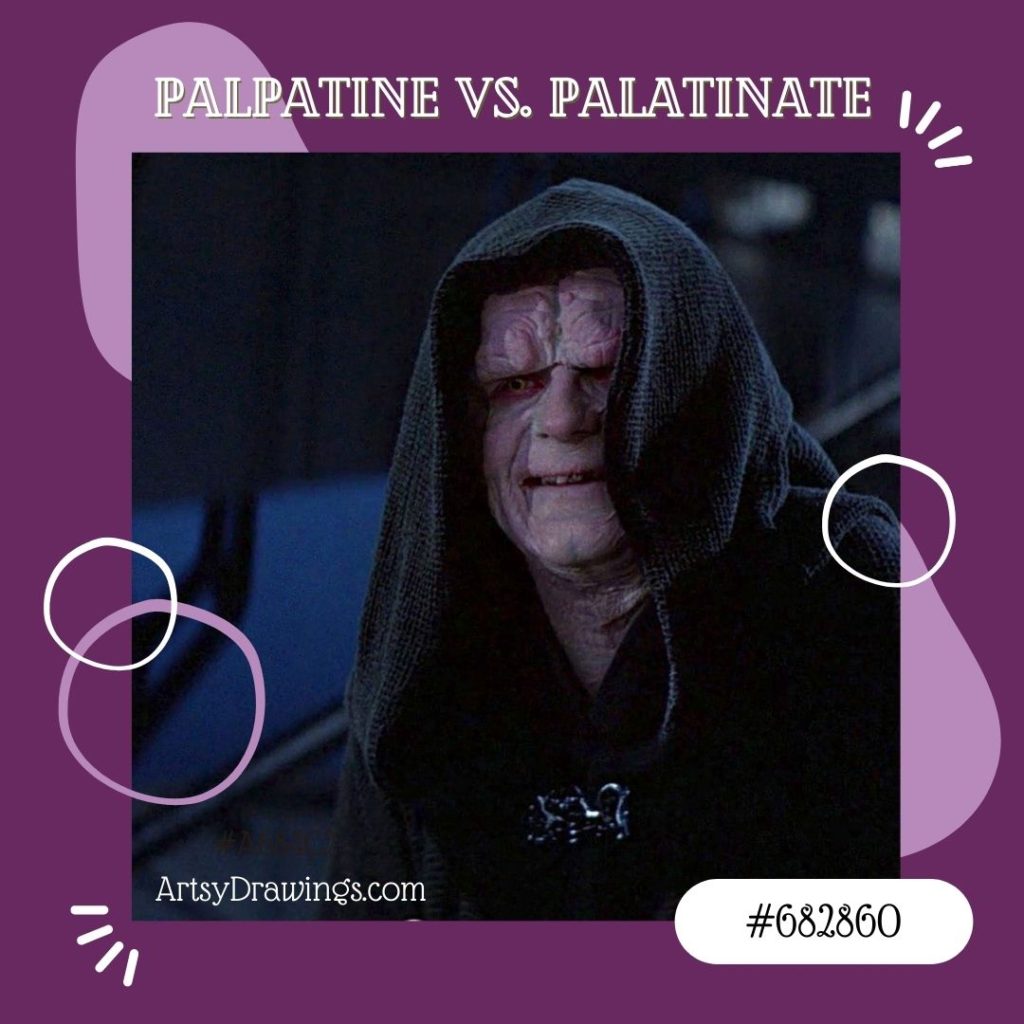
Electric Purple: #bf00ff
A striking and intense shade, this brilliant hue generally appears in technology and digital design.
Blue-Purple (Cool Purple): #8a2be2
A cool-toned purple often used in contemporary design and art.
The Significance of the color Purple in the Modern World
The color purple still holds a unique place in our lives. It signifies creativity, individuality, and extravagance. Plus, it’s pretty!
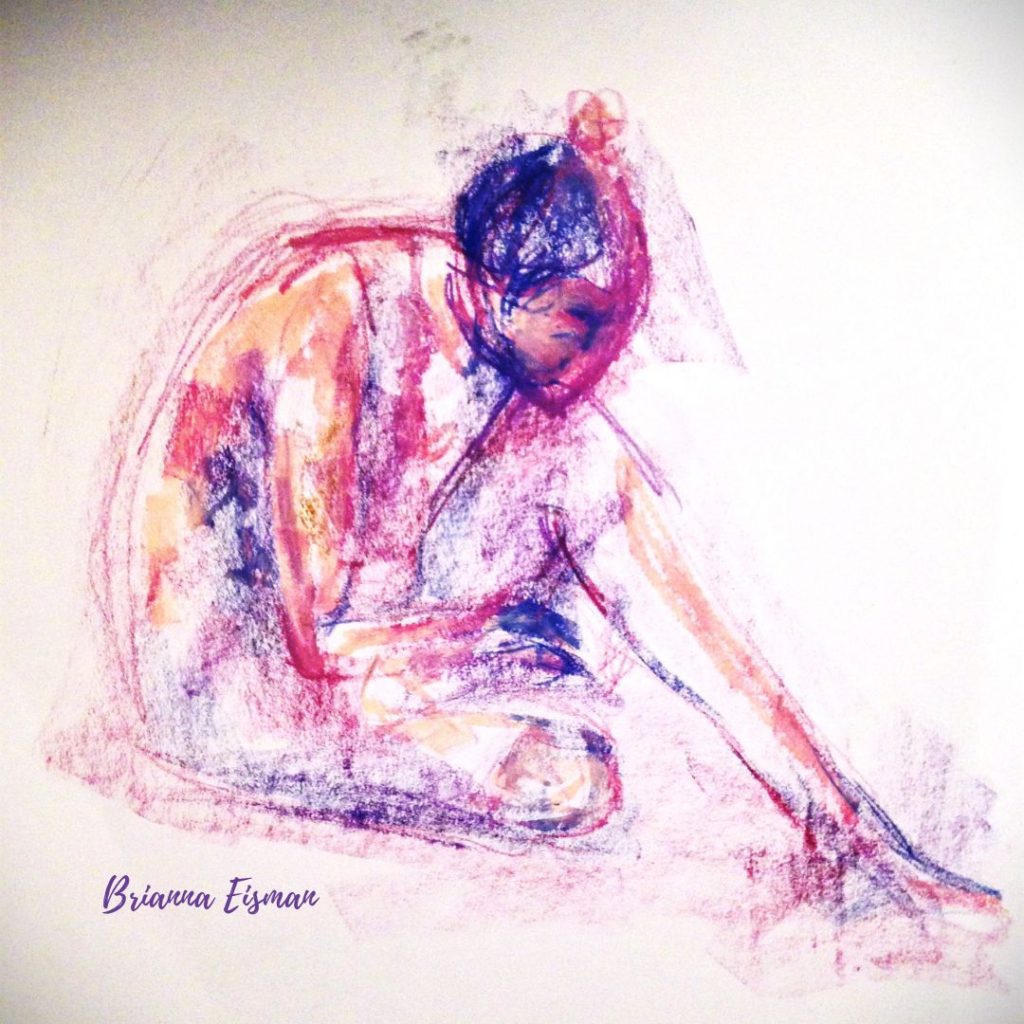
For this gesture drawing, I chose a purple themed color scheme. I chose indigo, magenta, and peach colored soft pastels to create the illusion of a rich regalia violet color.
In branding, purple and lavender color invokes a sense of luxury, elegance, spirituality, creativity and uniqueness. So, you’ll find brands like Cadbury and NYU in deep rich regal purples. In the same way, you’ll see brands like Discord and Teams in more indigo and electric blue-purples.
In art and design, the color purple conveys a wide range of emotions and moods, from serenity to drama.
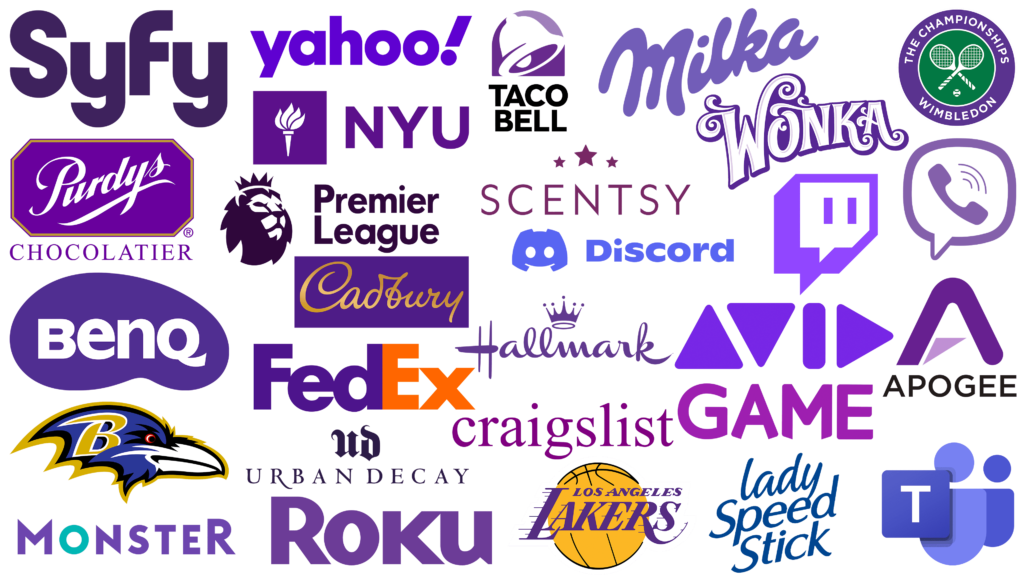
By all means, the color purple is more than just a color; it’s a symbol of history, luxury, and creative expression. Understanding the various shades of lavender and magenta and their intrinsic value to design and history can allow artists and creators to better utilize the color purple in their work.
As you explore the world of the color purple, remember the rich history, the art of creating the hue, and the ever-present mystique of this enchanting lavender color in our lives.
How to Make the Color Purple Read More »
